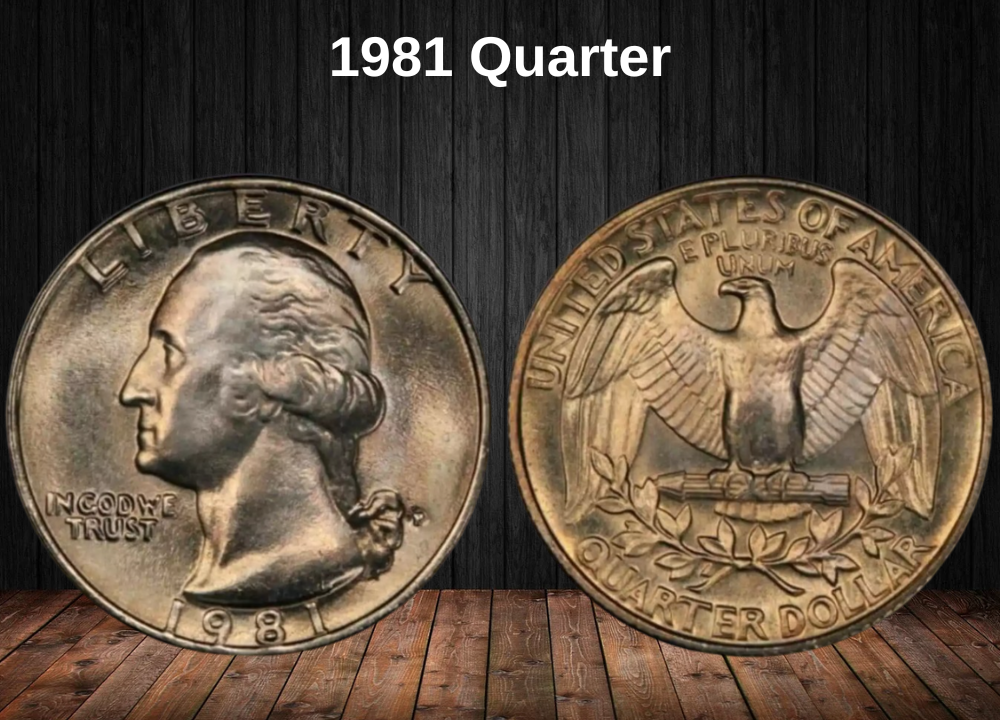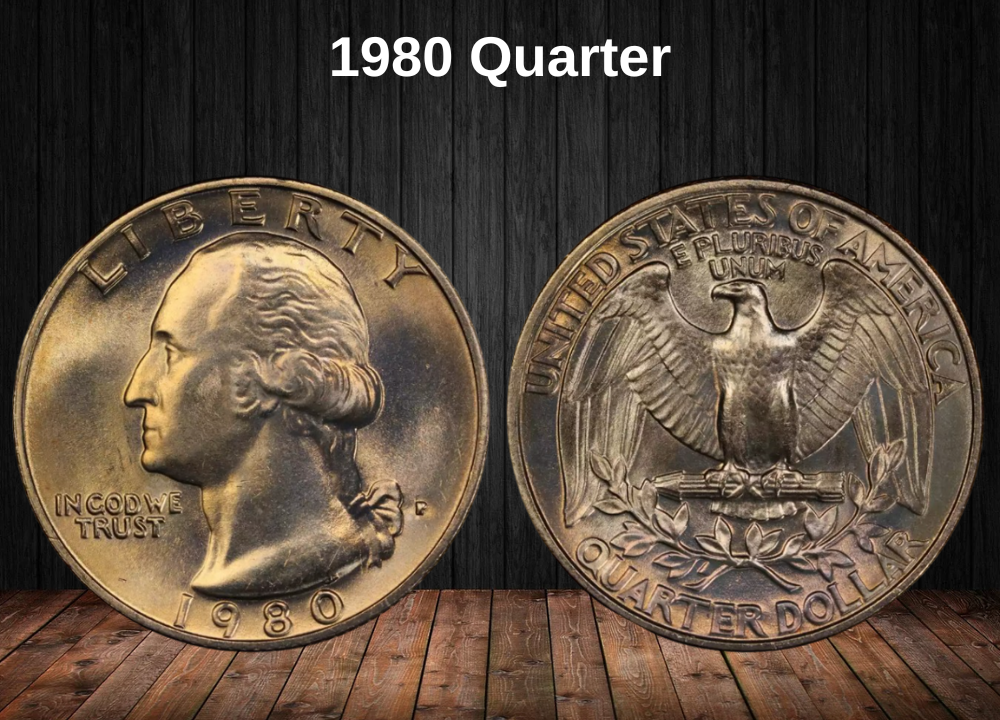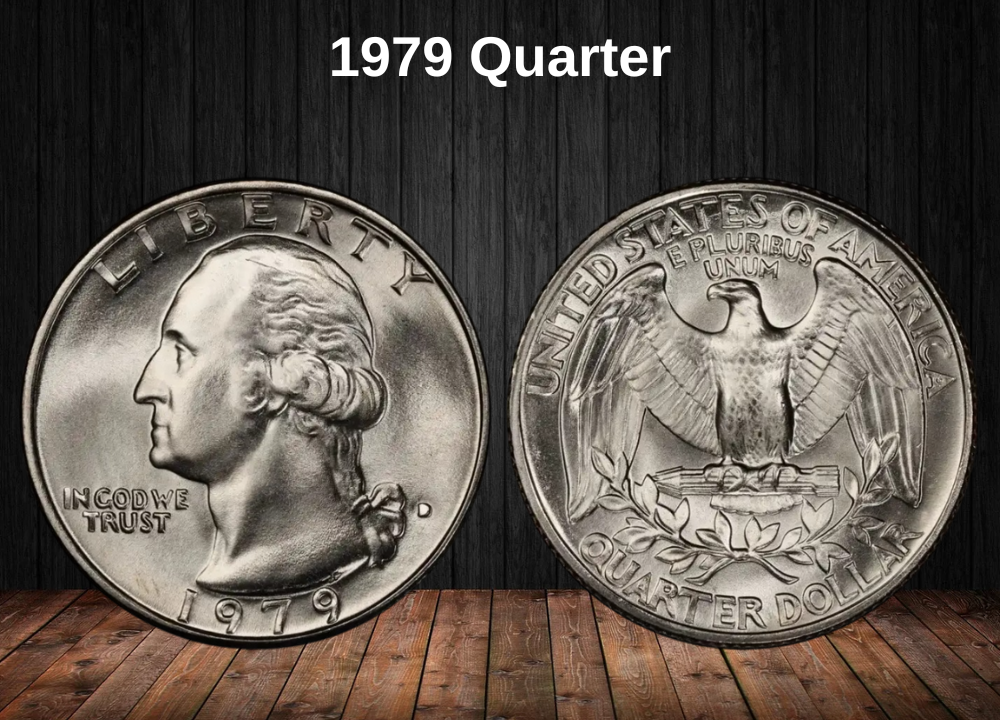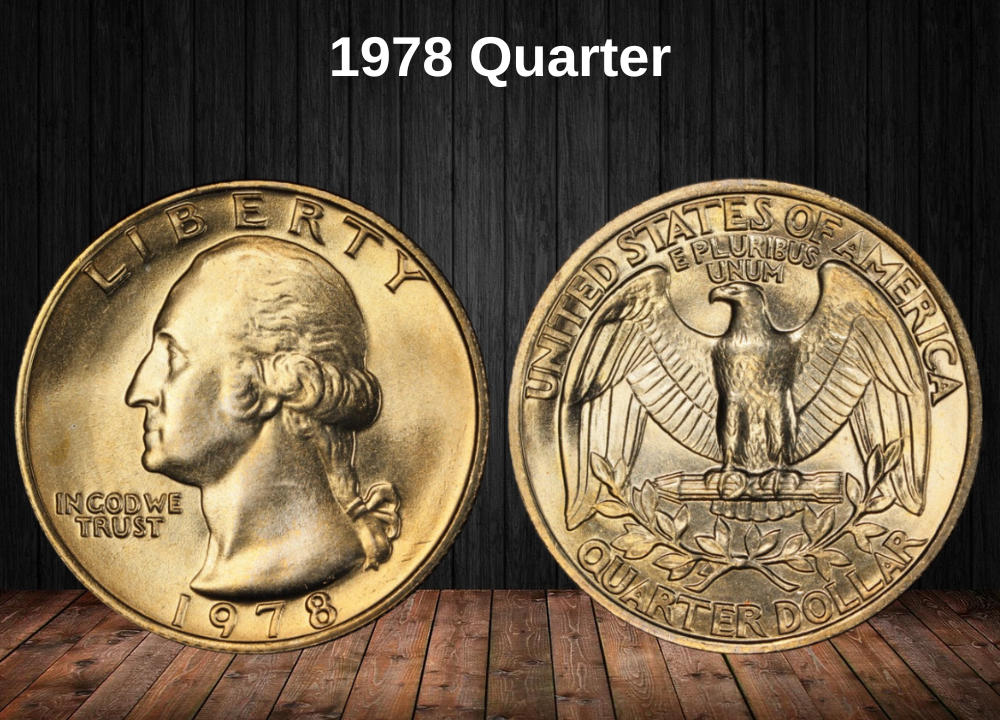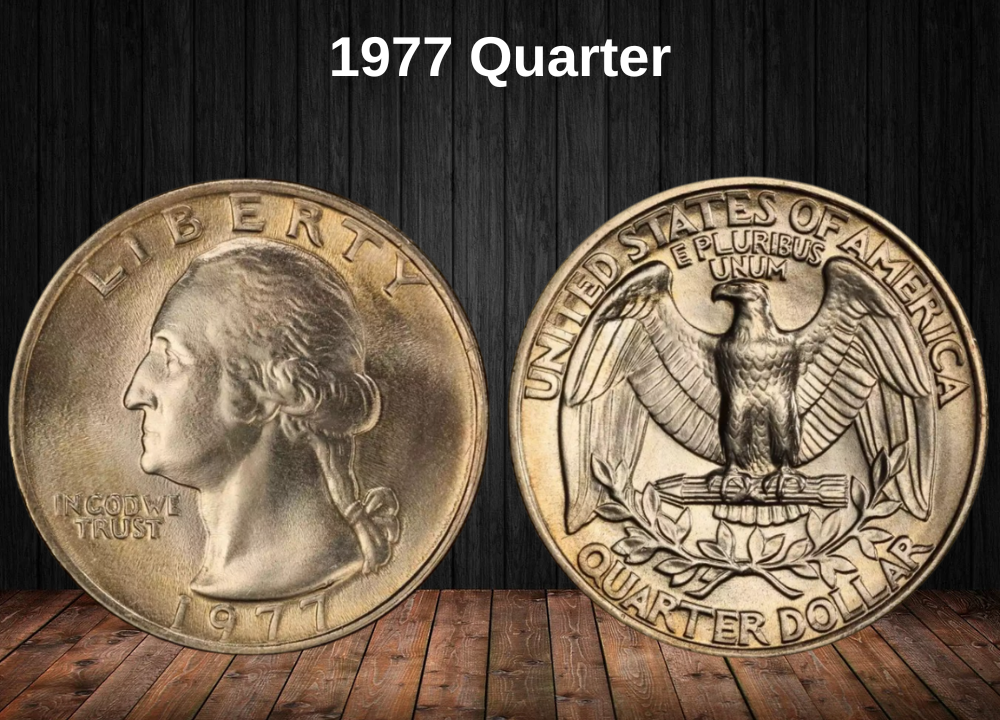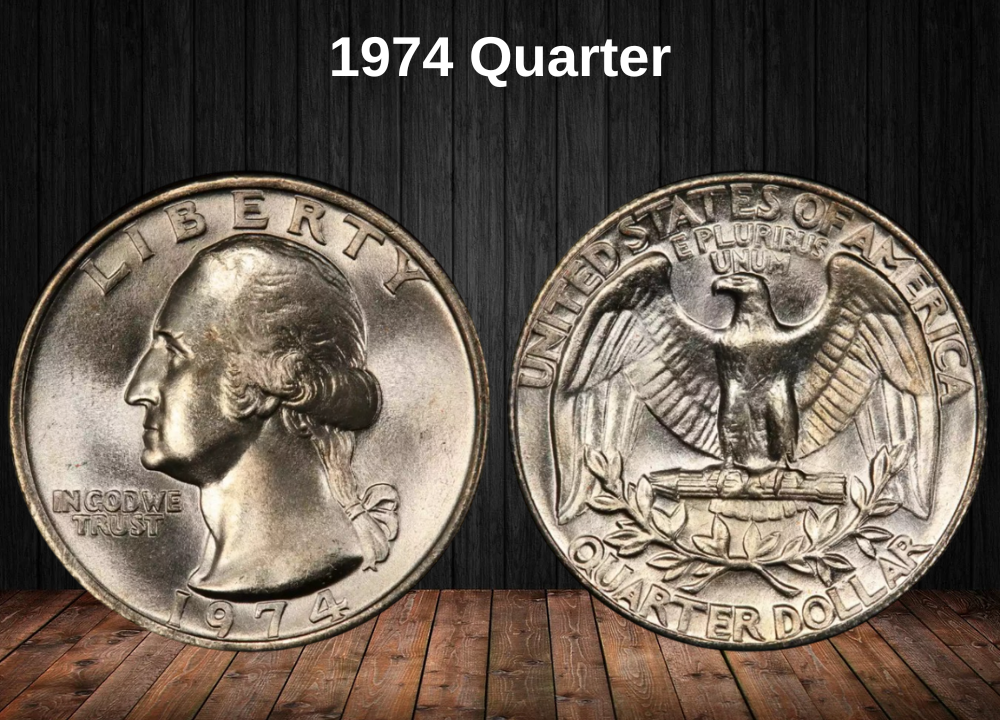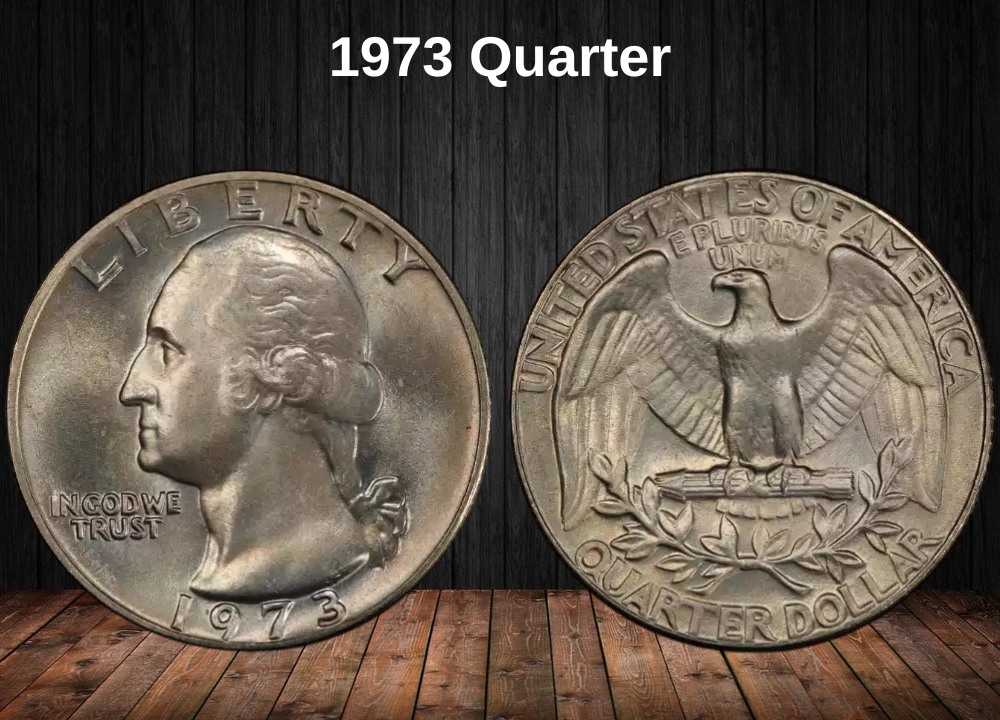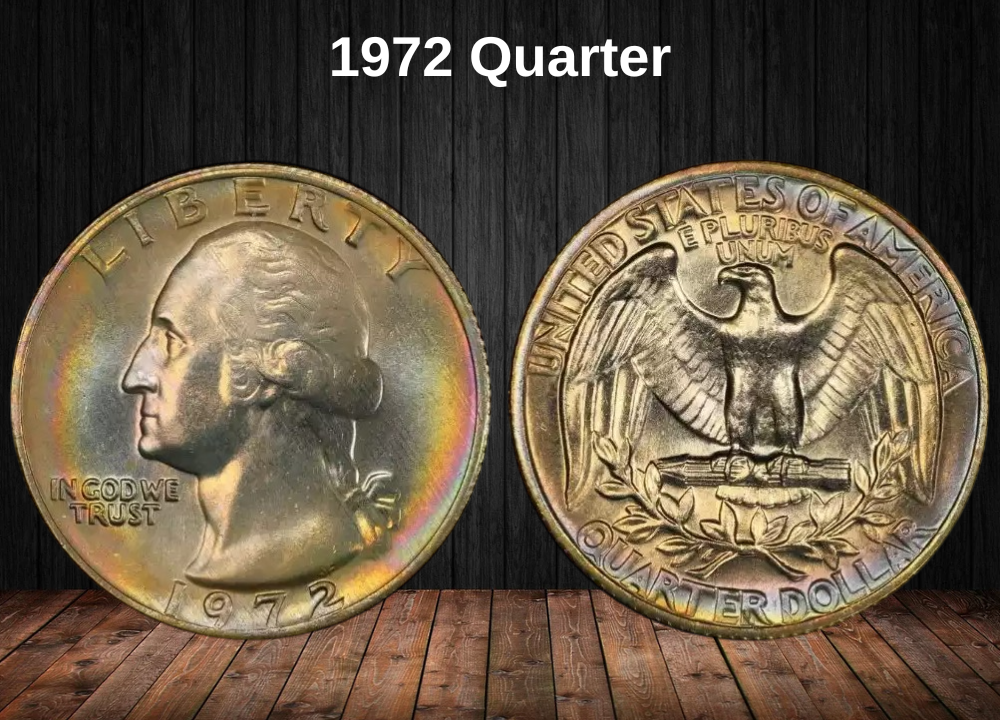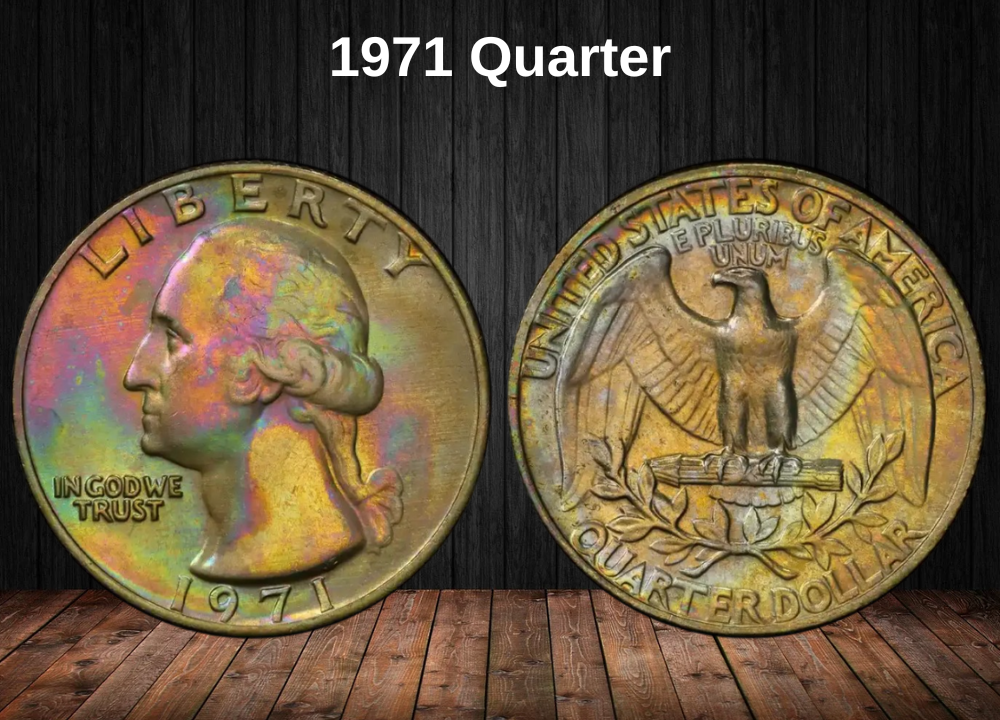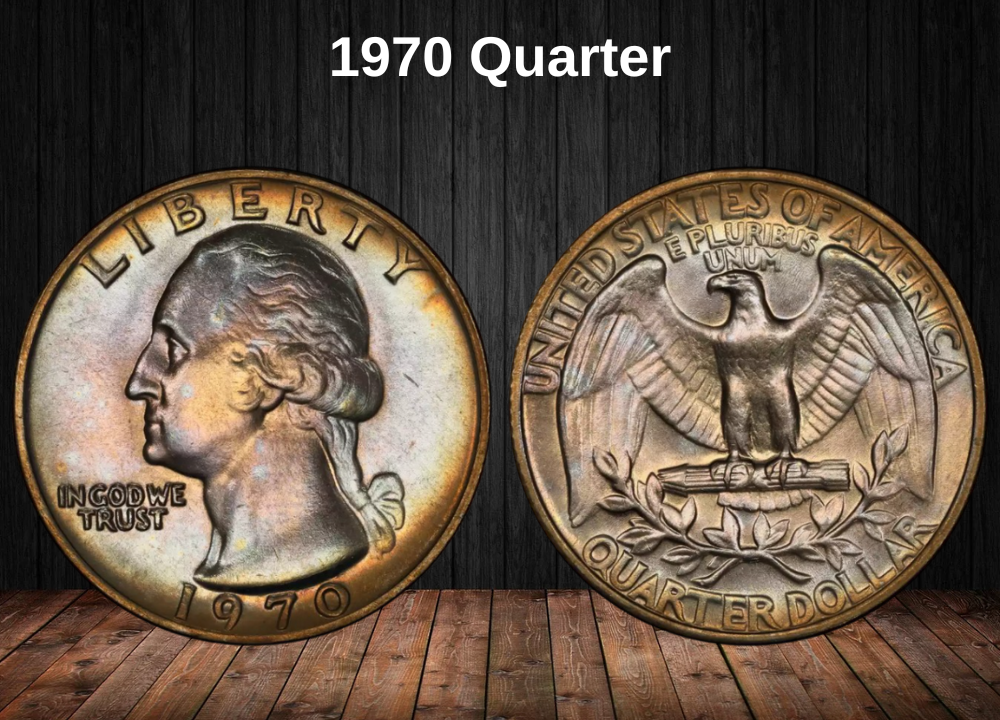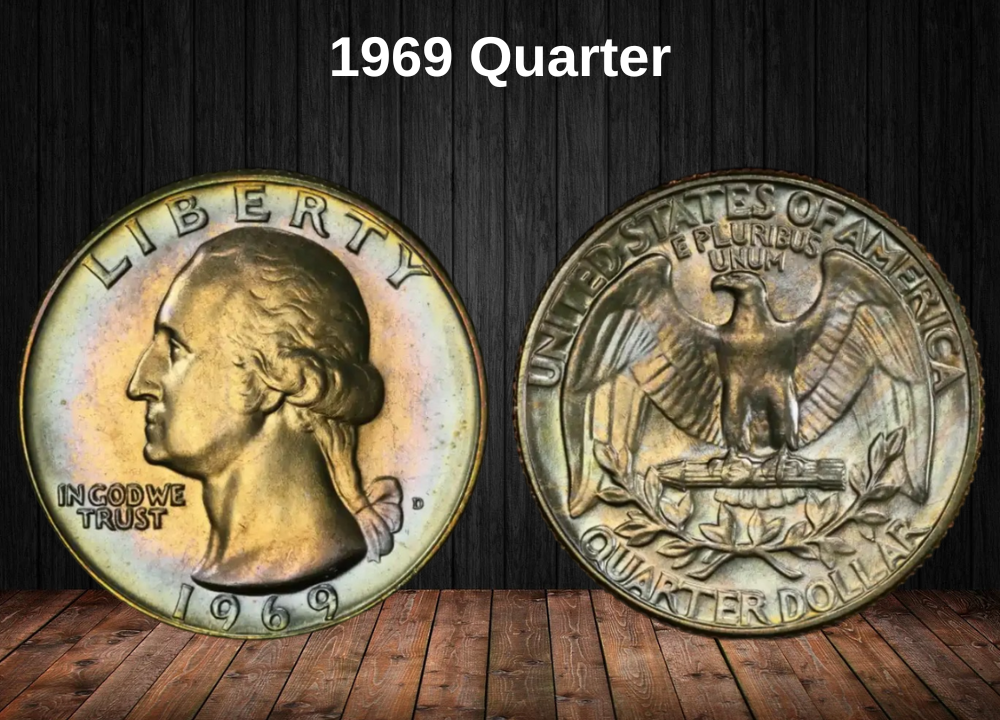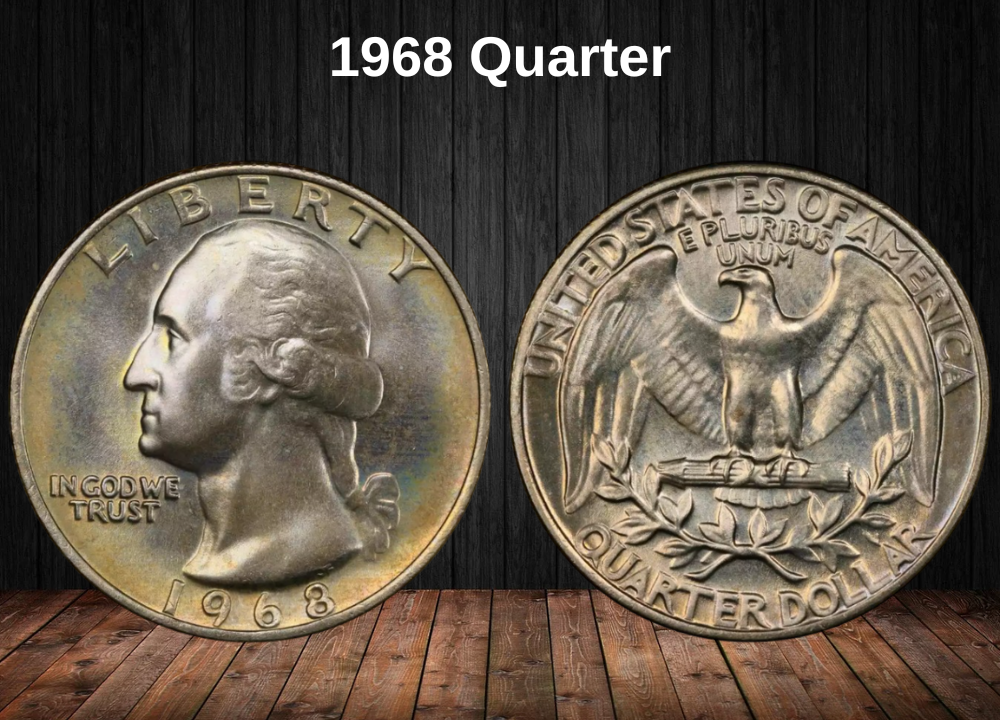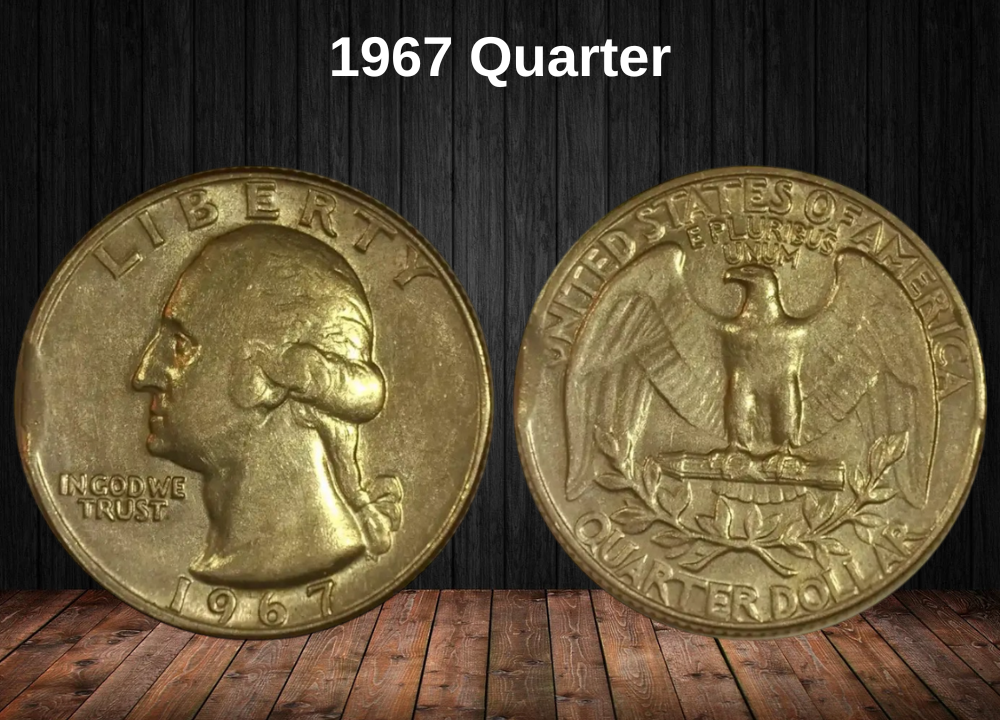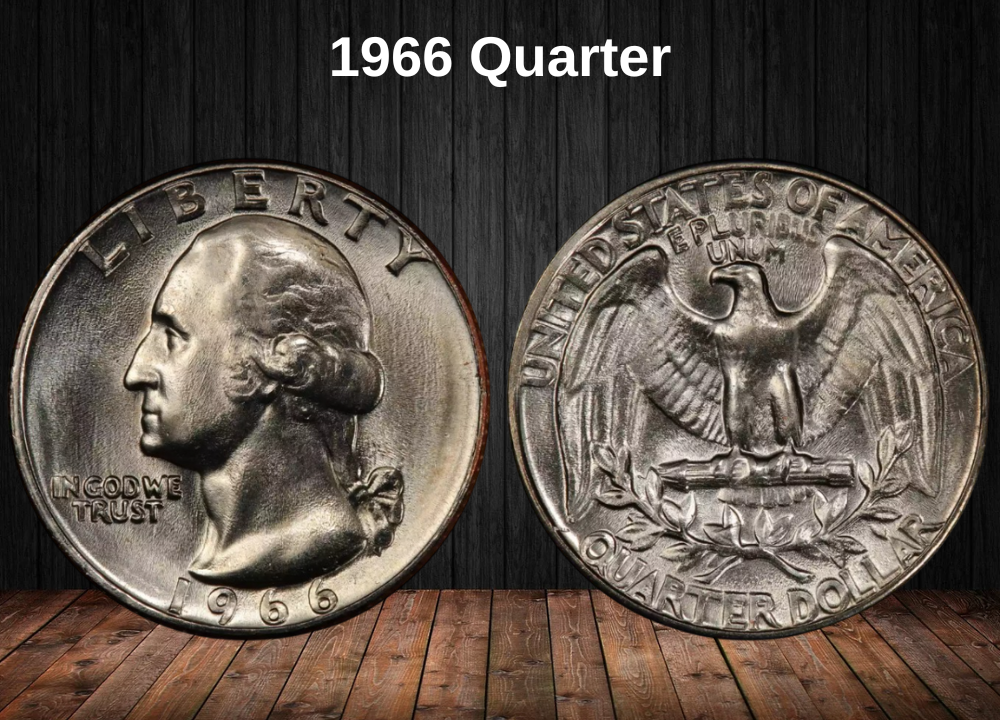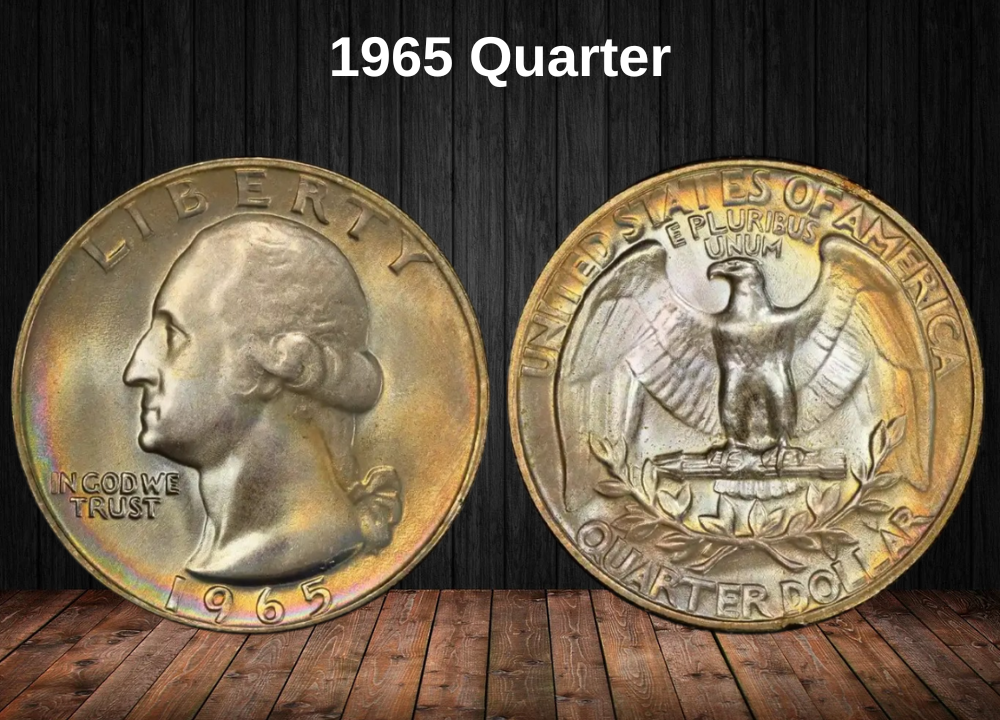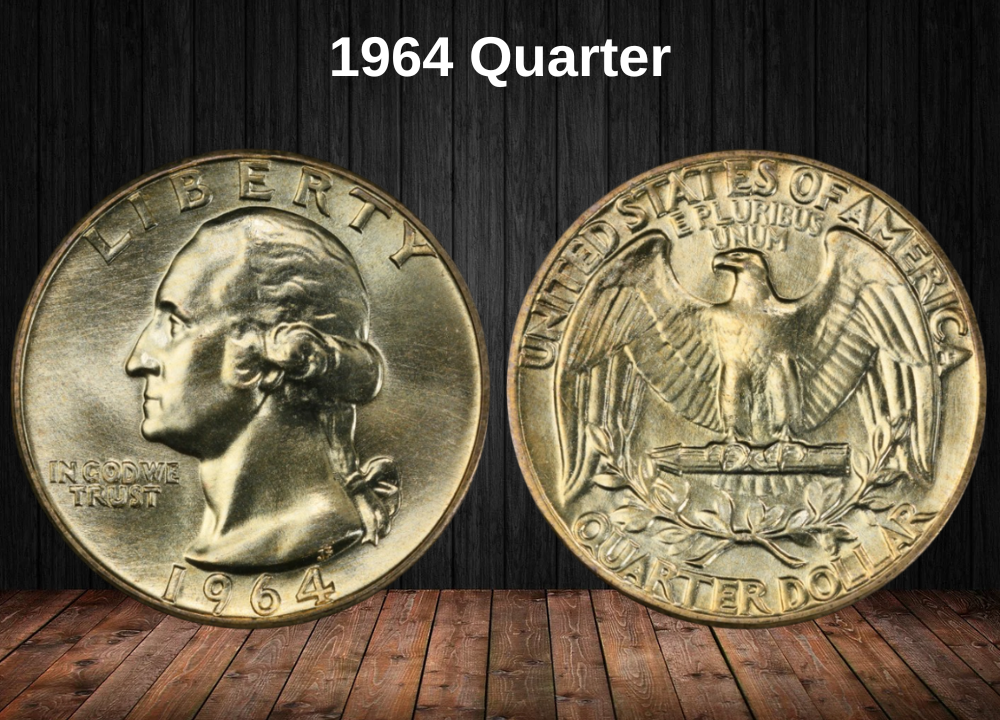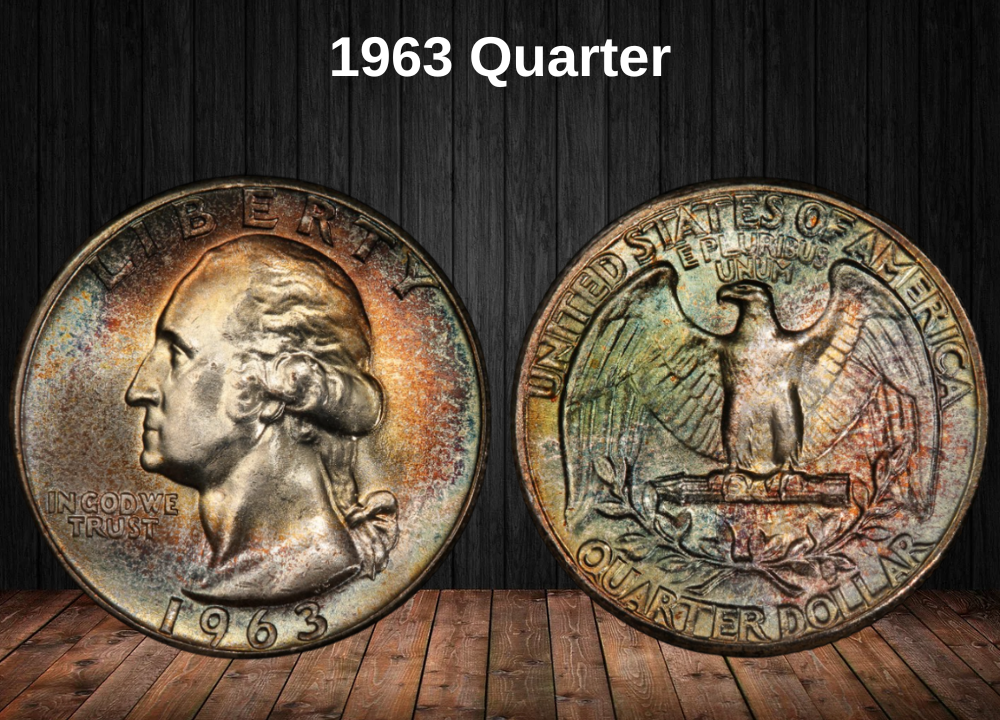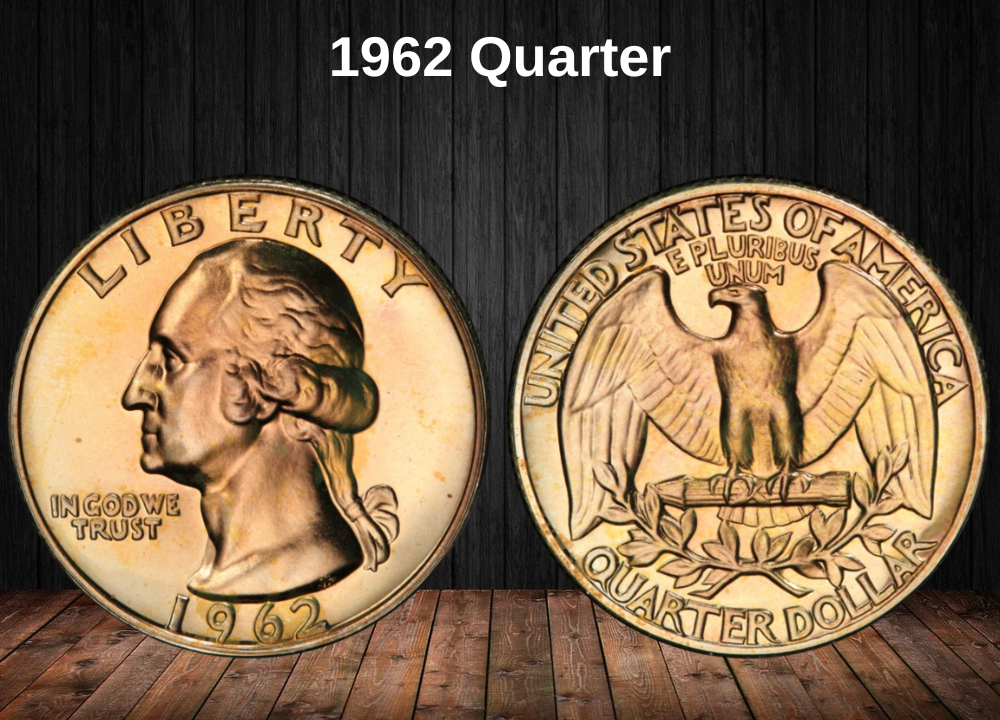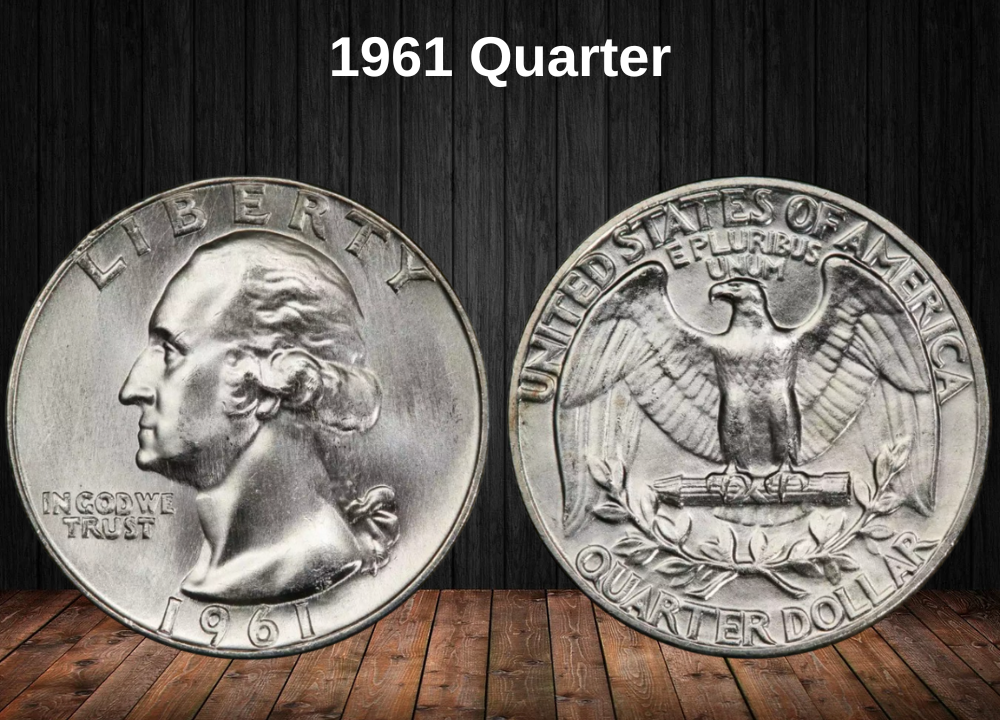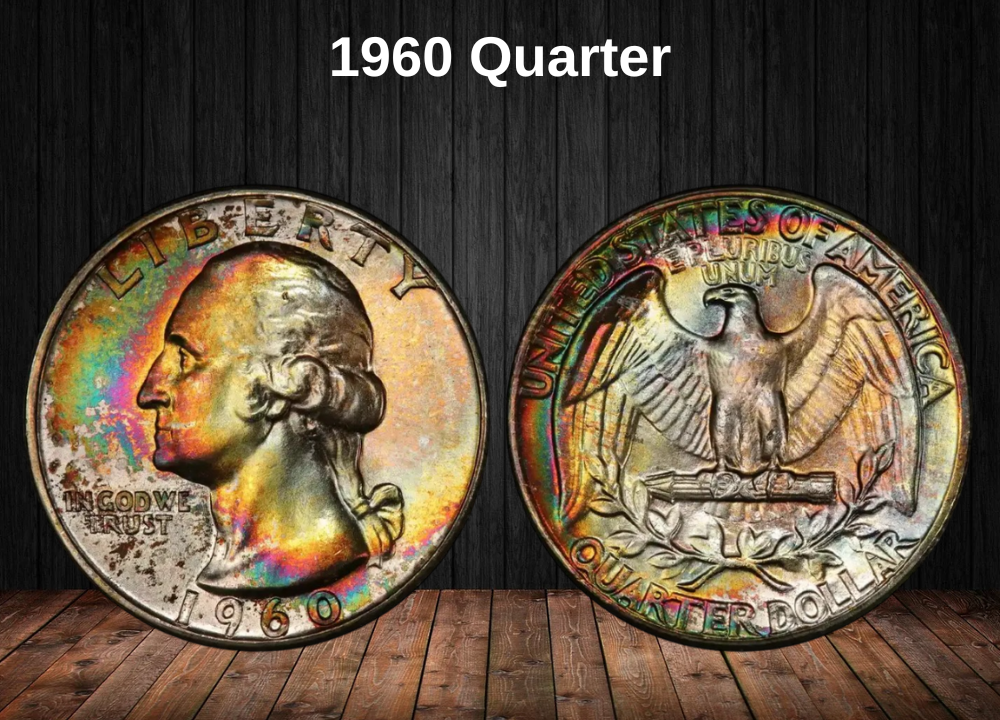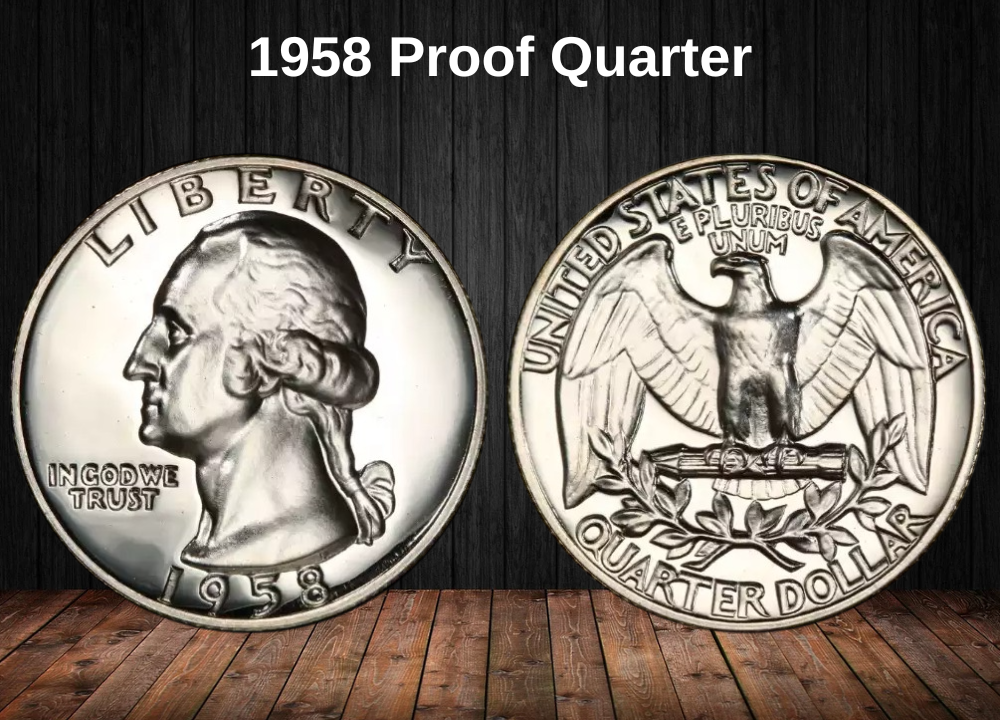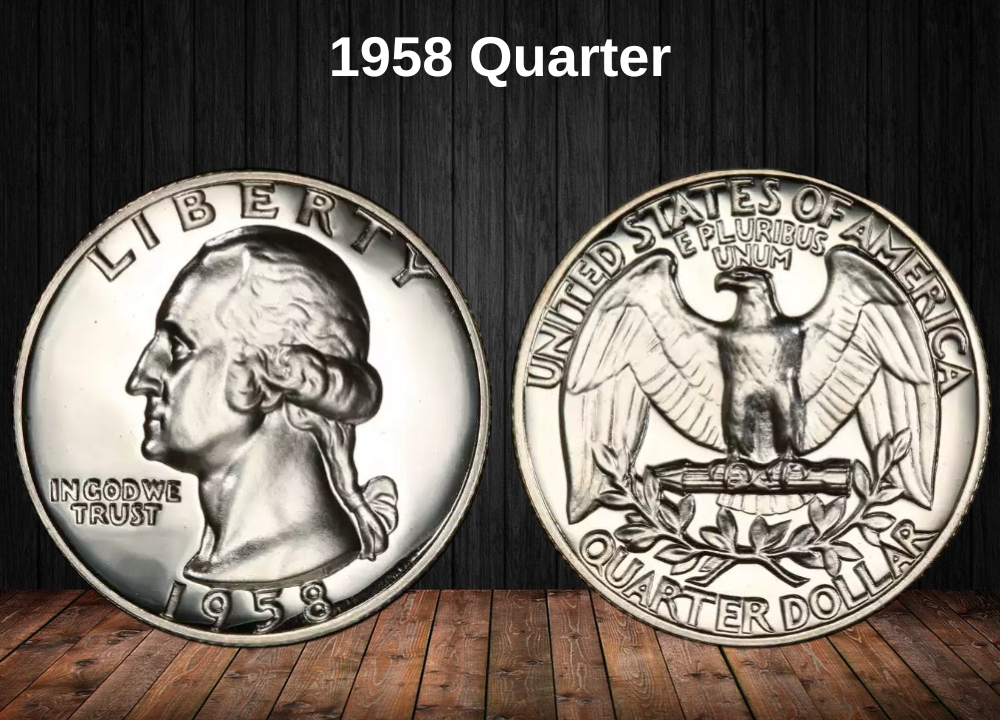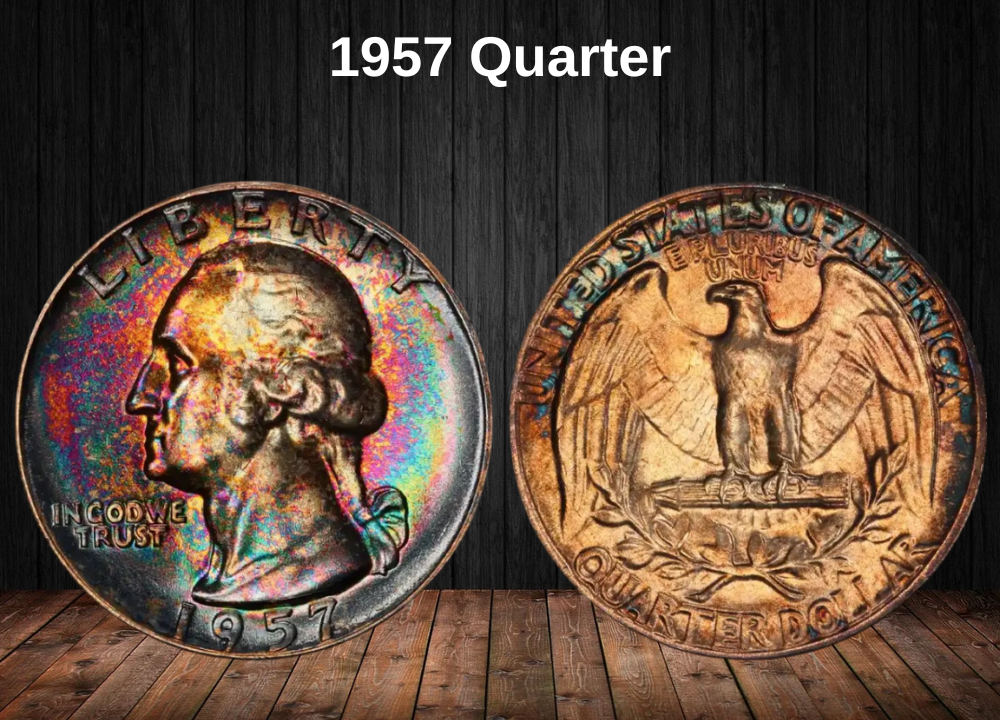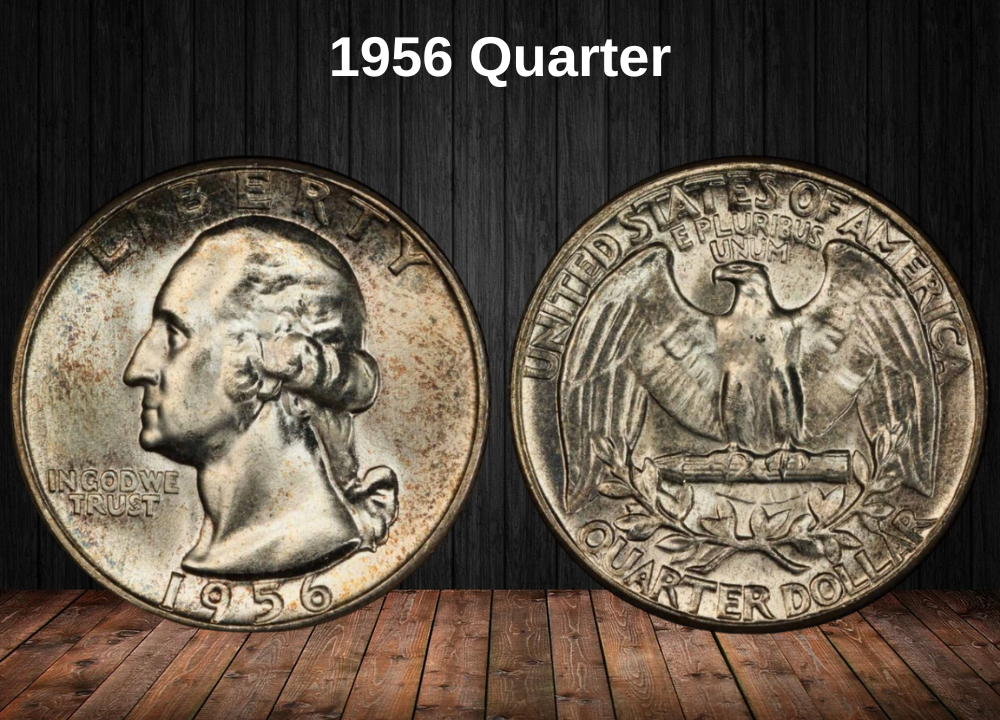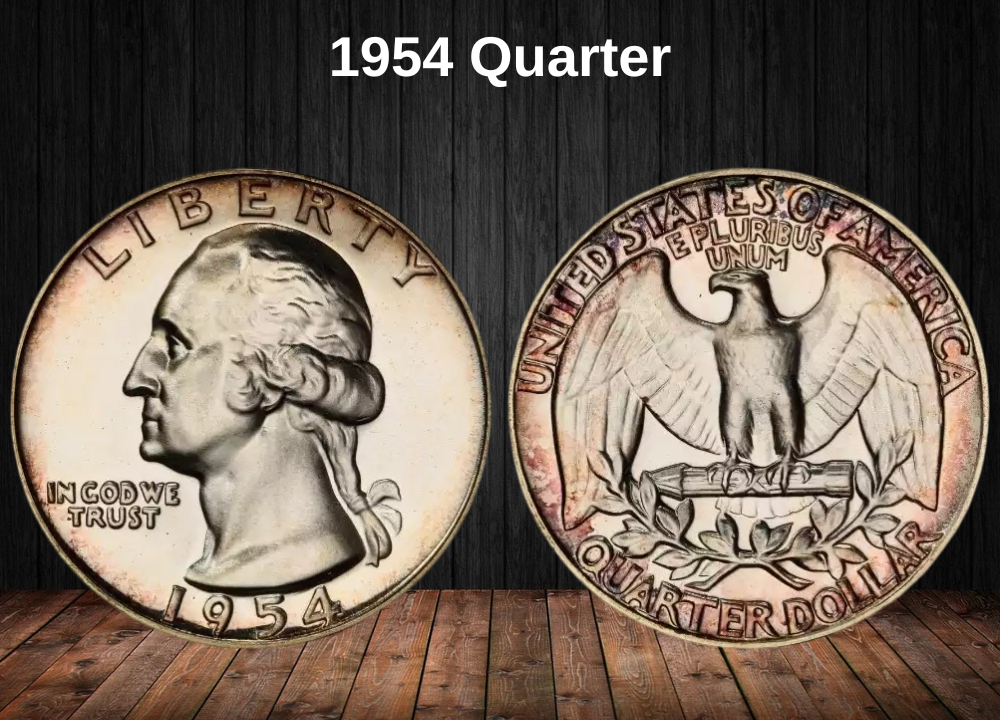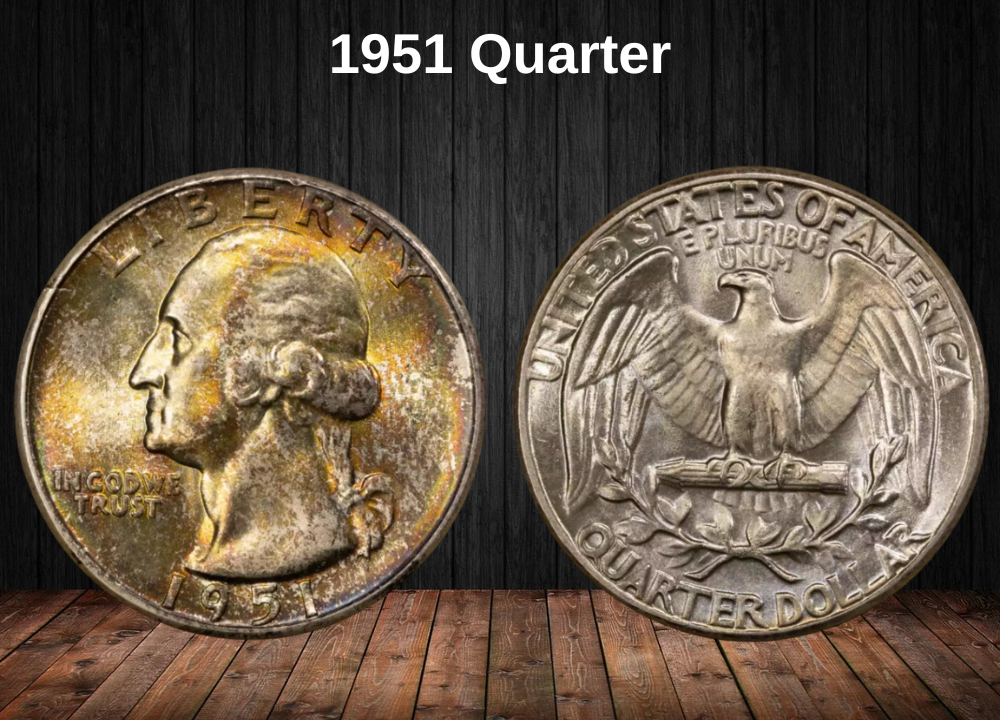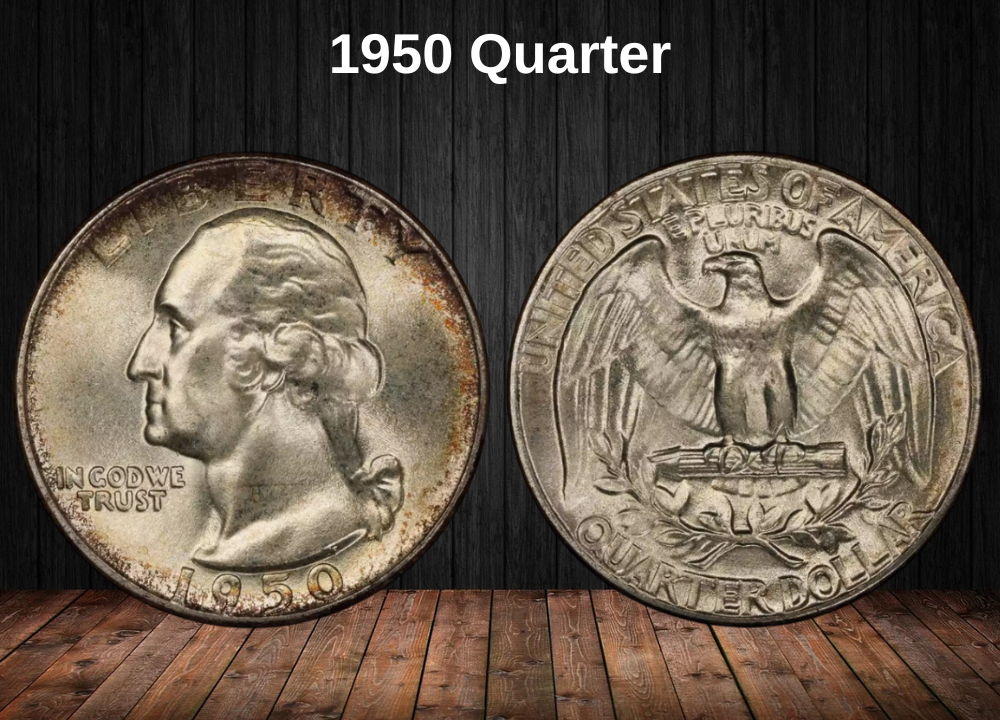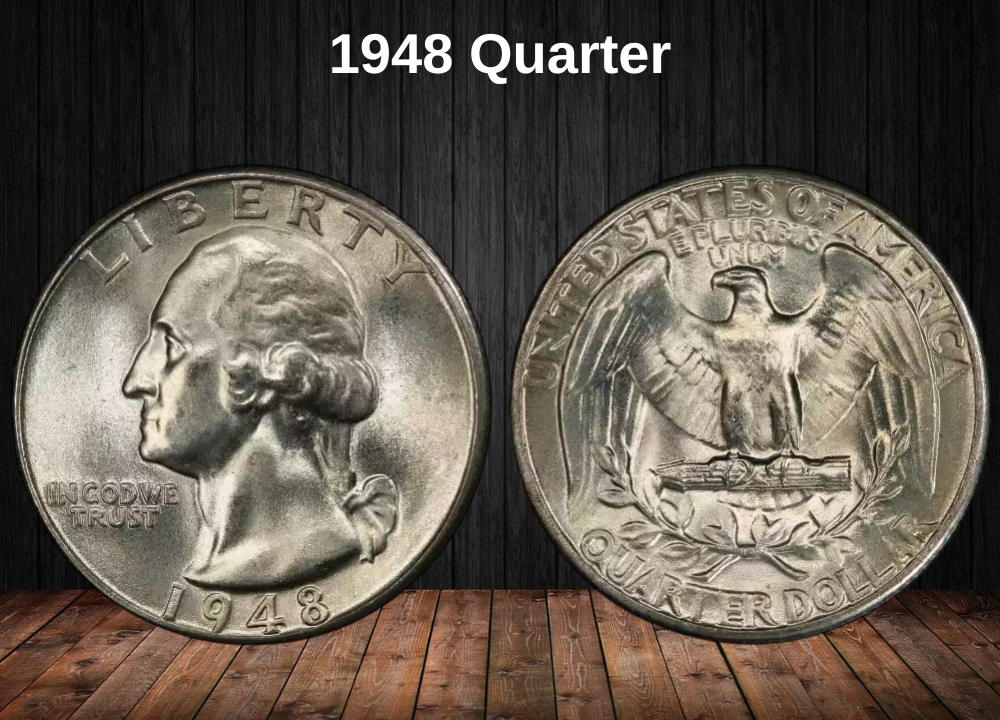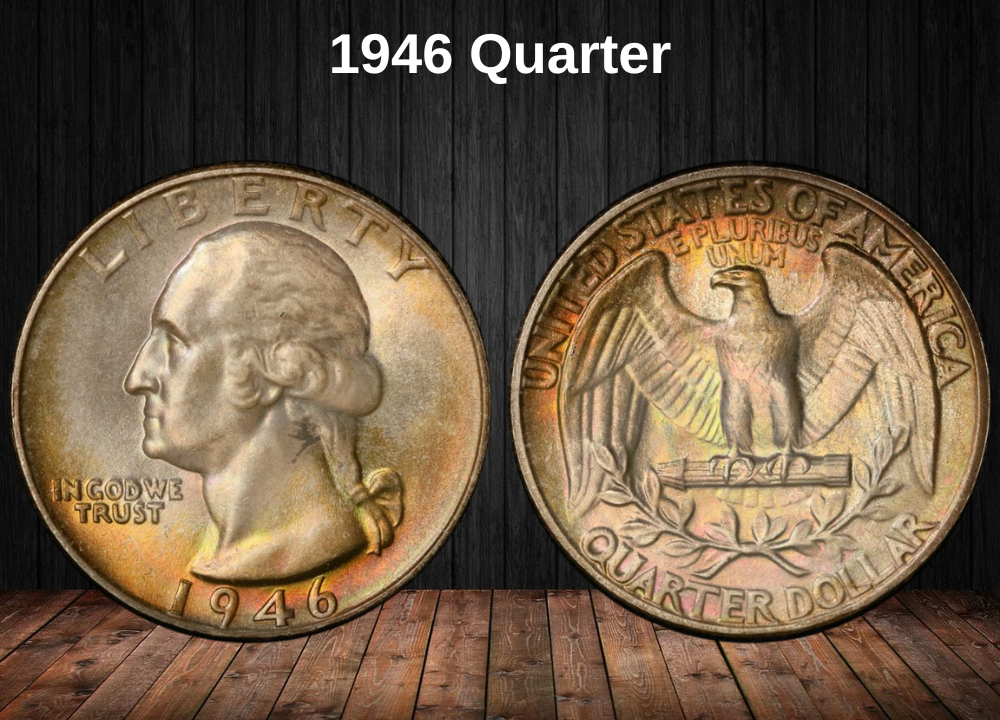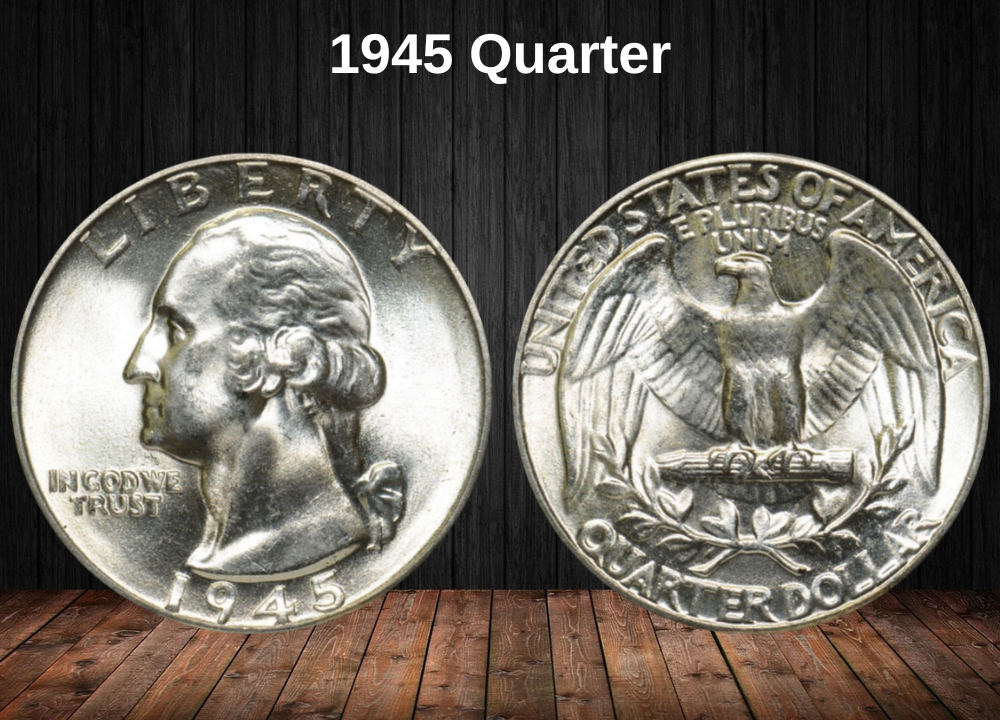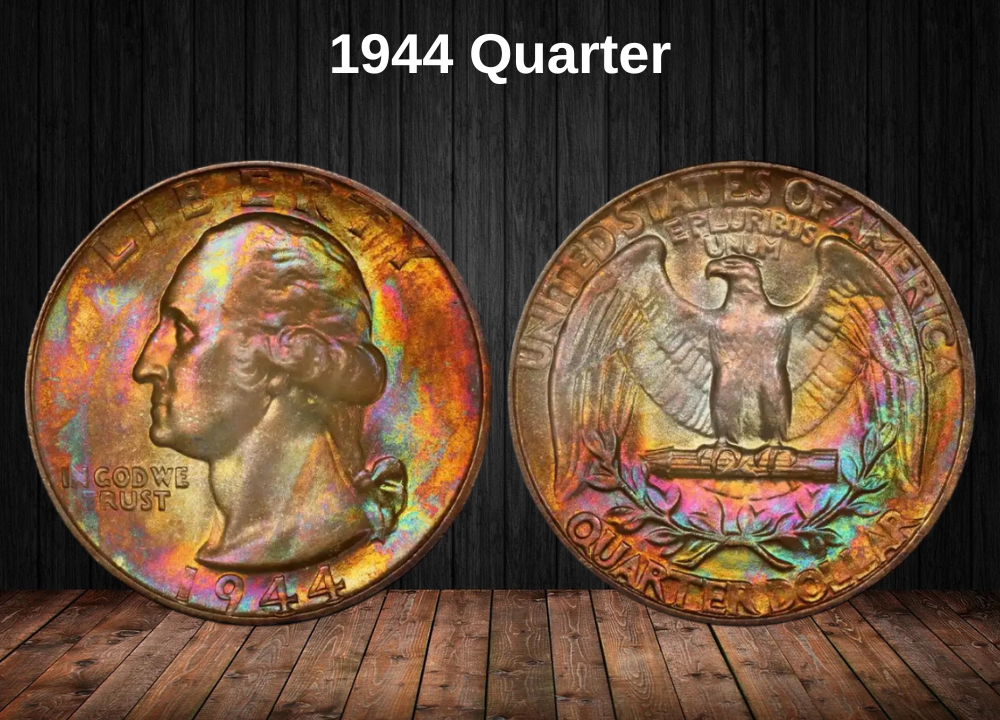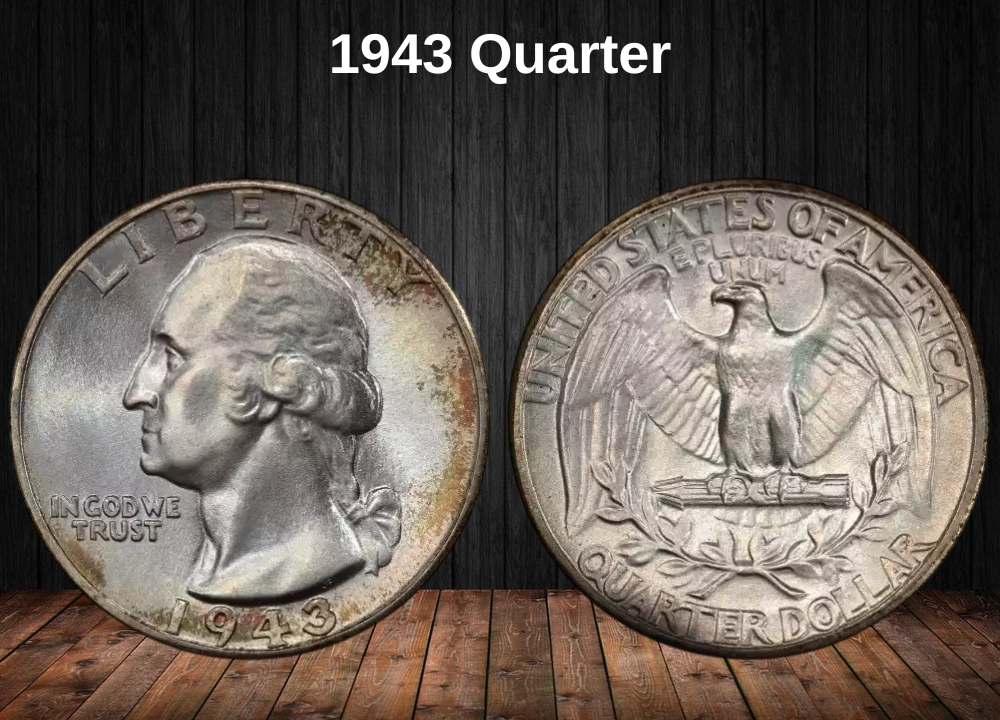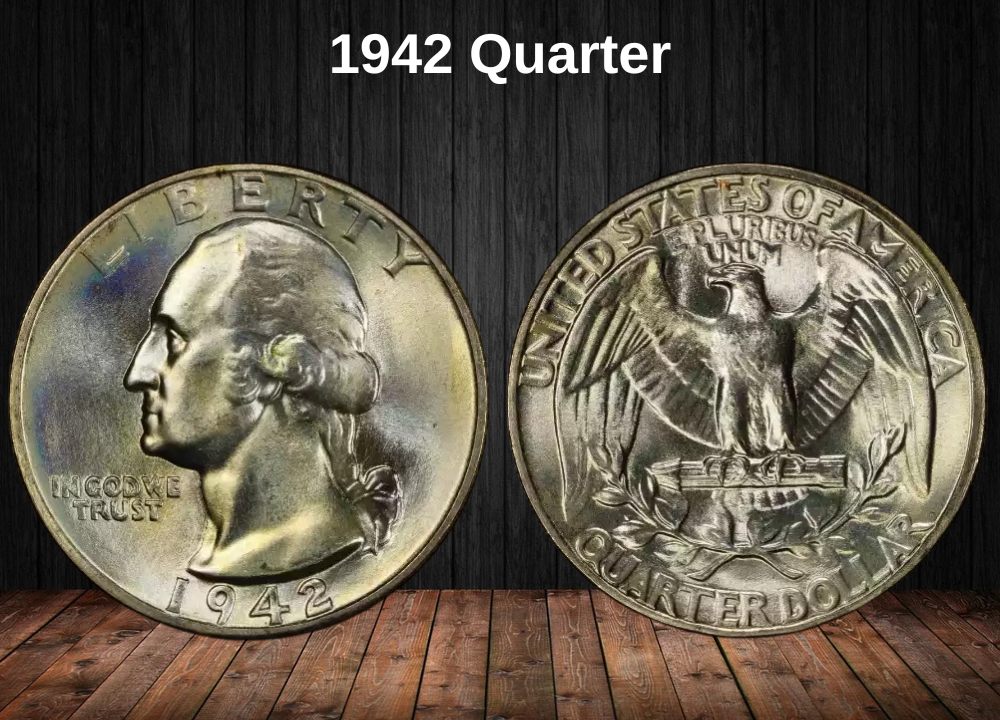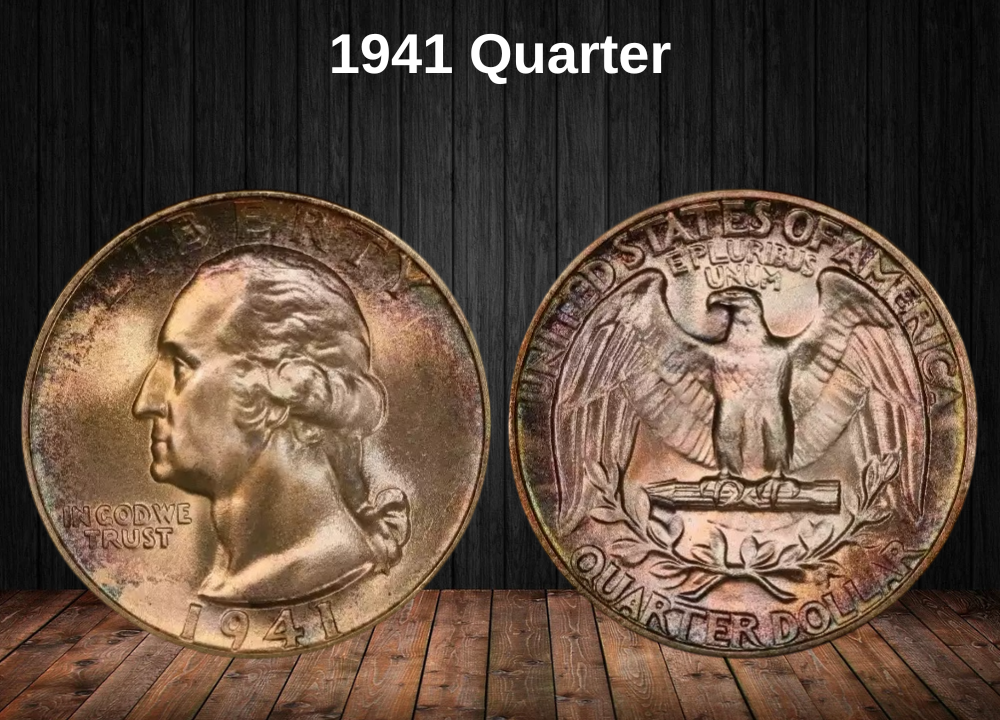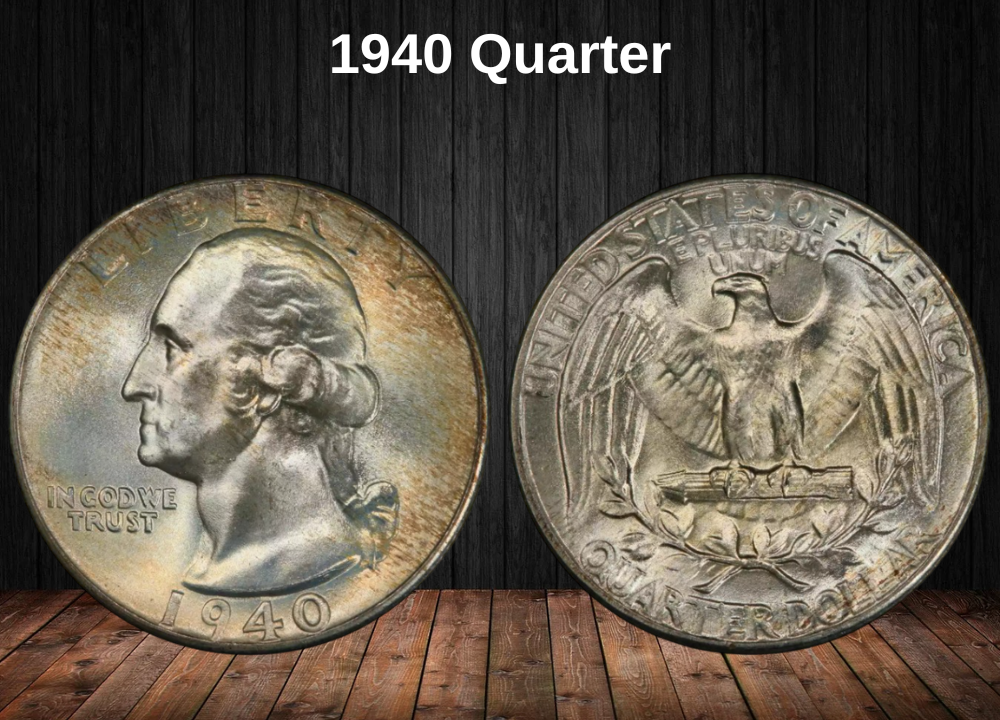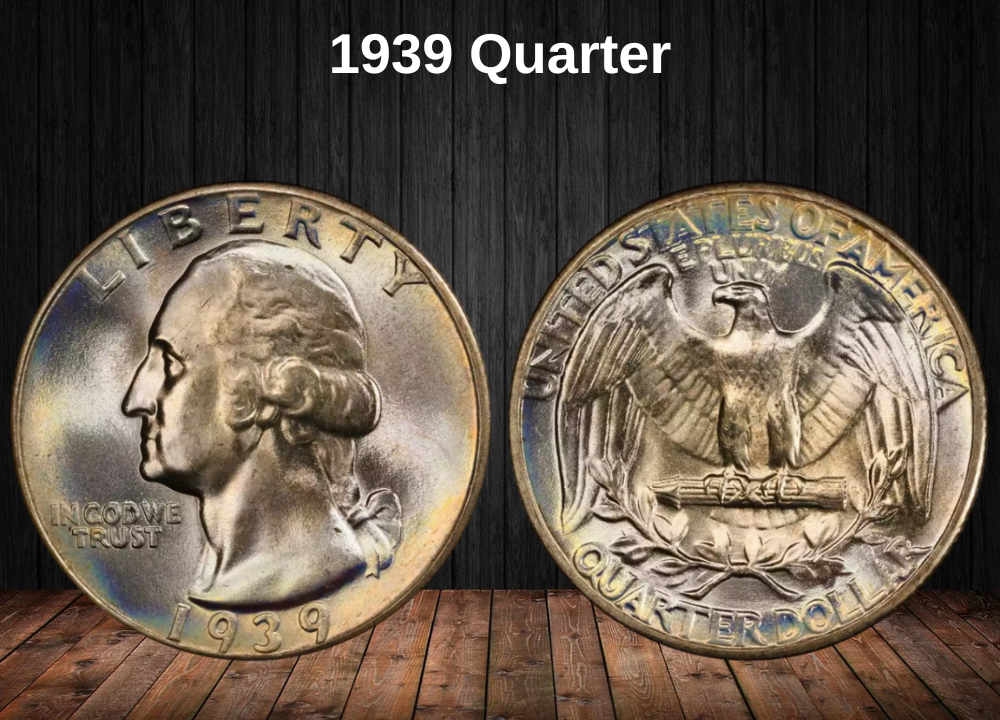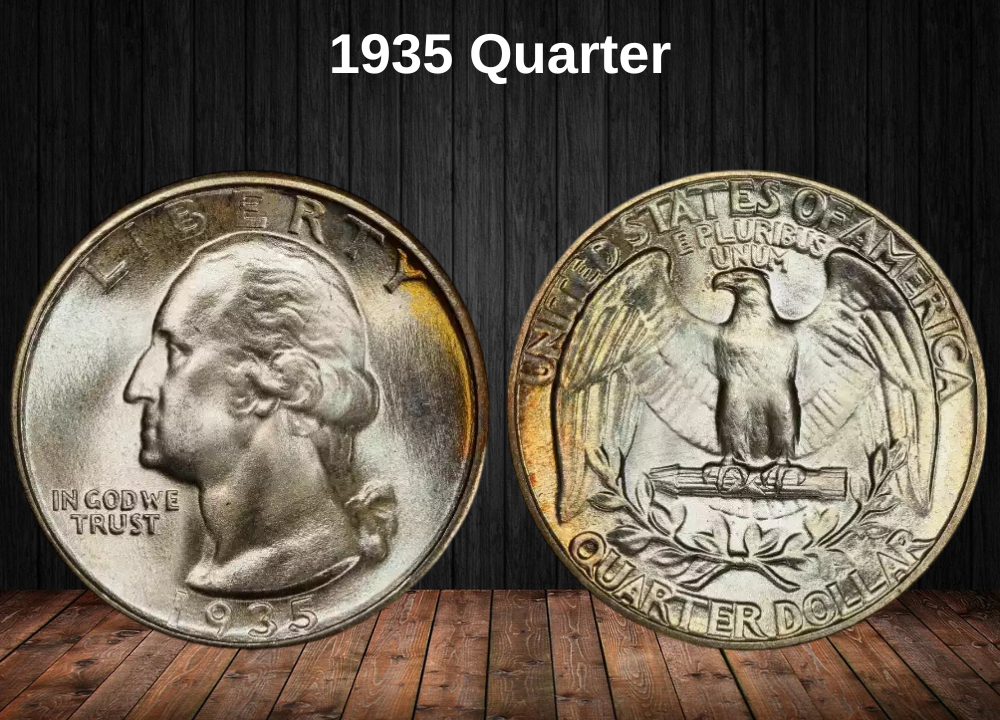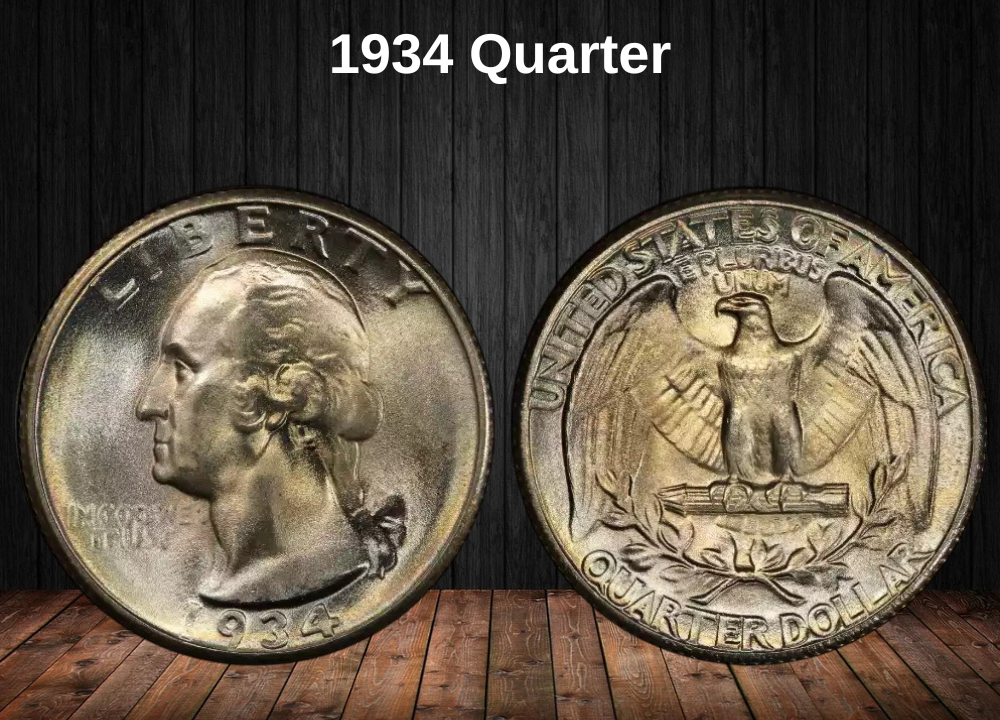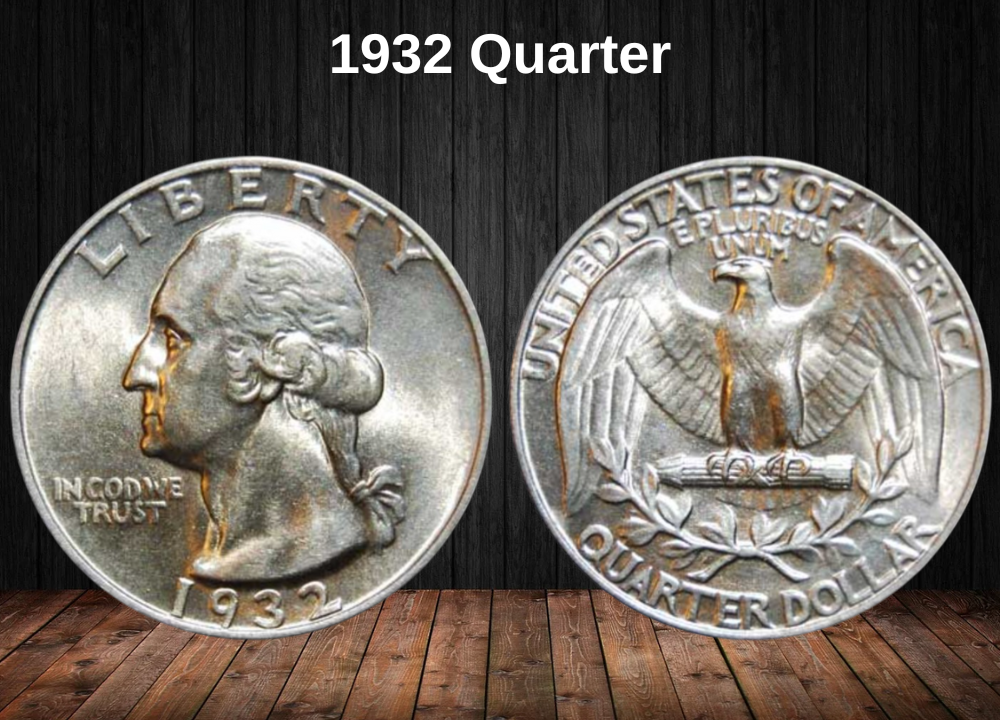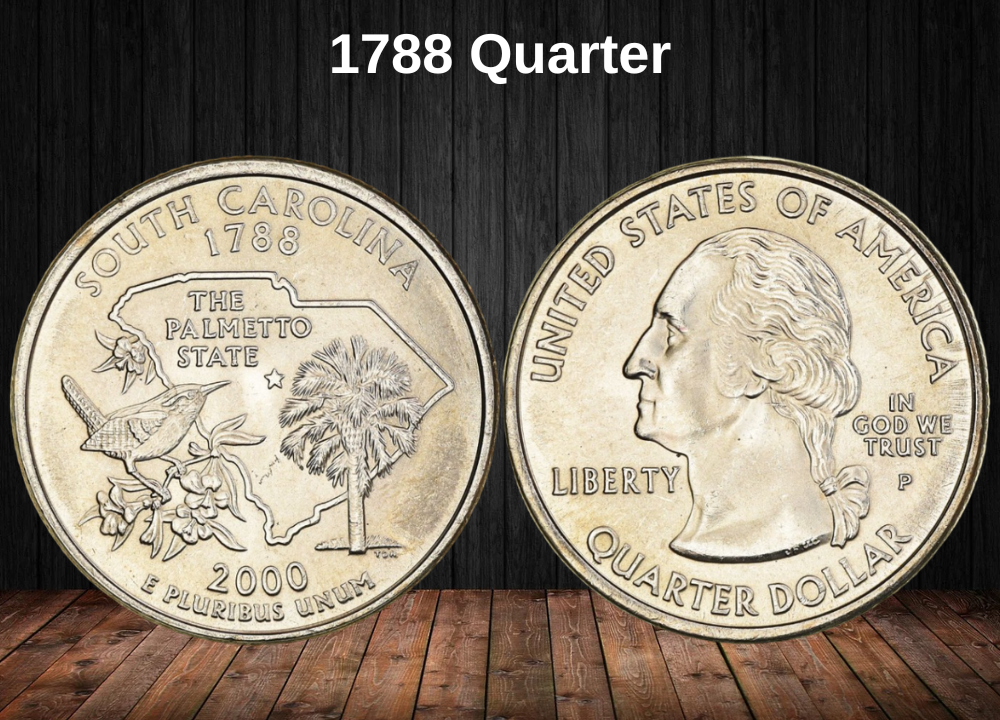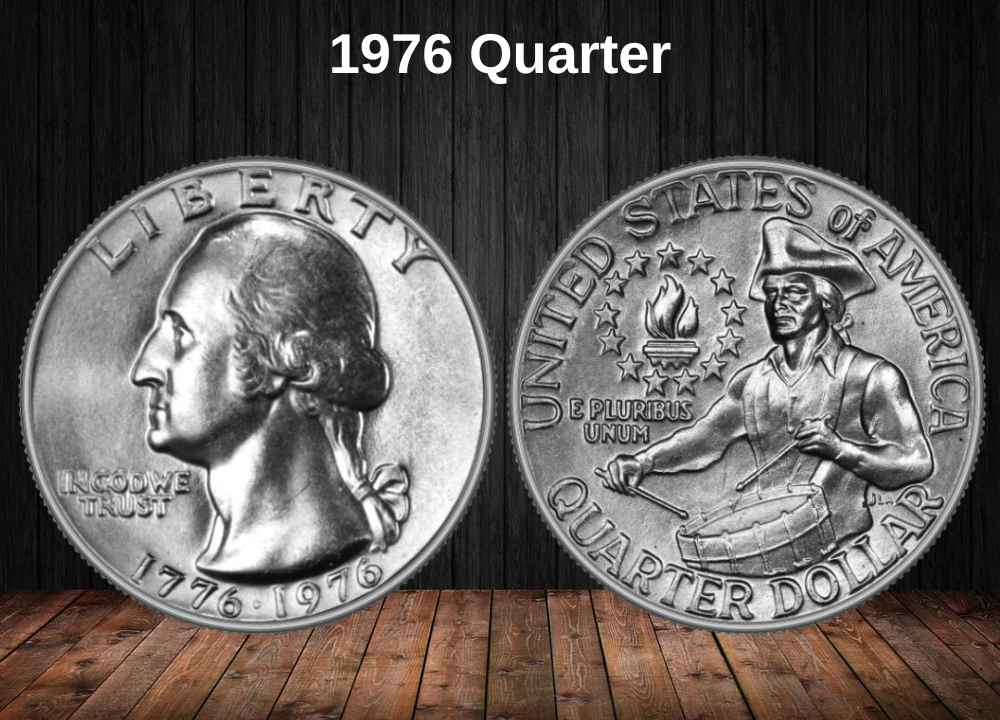One of the most common questions collectors ask is: “What’s my 1937 quarter worth?” The answer isn’t simple—it depends on three major factors: mint mark, condition, and whether your coin carries a rare variety or error.
For most circulated 1937 quarters, the value sits close to silver melt (around $4–$6). But when preserved in higher grades—or if you happen to have a rare proof or error variety—these coins can be worth hundreds or even thousands at auction.
1937 Quarter Value by Variety
The table below summarizes current average retail values for 1937 quarters across different mintmarks and conditions:
| Type | GOOD | FINE | AU | MS | PR |
|---|---|---|---|---|---|
| 1937 (No Mint Mark, Philadelphia) | $7 | $8 | $23 | $87 | — |
| 1937-D (Denver) | $7 | $15 | $51 | $135 | — |
| 1937-S (San Francisco) | $7 | $31 | $110 | $292 | — |
| 1937 Proof (Philadelphia) | — | — | — | — | $354 |
History of the 1937 Quarter
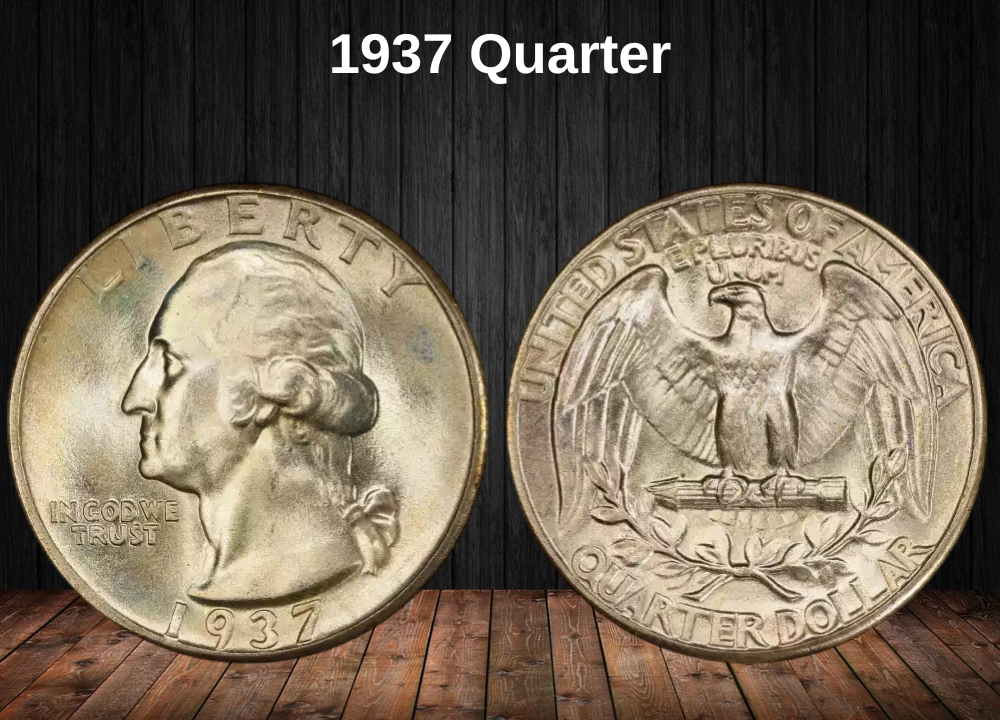
The 1937 Washington quarter sits right in the middle of the series’ formative years, marking an important stage in America’s coinage history.
Originally introduced in 1932 as a one-year commemorative for George Washington’s 200th birthday, John Flanagan’s design was so well received that it permanently replaced the Standing Liberty quarter. By 1937, the Mint had fully transitioned into regular production, striking millions of Washington quarters for everyday use.
That year, the Philadelphia Mint struck more than 19 million coins, the Denver Mint produced 7.2 million, and the San Francisco Mint added just 1.6 million. The low mintage of the 1937-S makes it the key issue of the year and a standout for collectors.
Each 1937 quarter was struck in the classic 90% silver, 10% copper alloy, weighing 6.25 grams with a diameter of 24.3 mm and a reeded edge. With roughly 0.18 troy ounces of pure silver, even heavily worn examples are worth more than face value.
The design remained unchanged from its debut: Washington’s portrait on the obverse, and a heraldic eagle clutching arrows and olive branches on the reverse. This design would endure until the Bicentennial redesign in 1976.
For collectors, the 1937 issue is a “sweet spot”—common enough to be affordable, yet scarce enough in high grades to make hunting for Mint State examples a rewarding challenge.
Key Features of the 1937 Quarter
By 1937, John Flanagan’s Washington quarter design was in its fifth year of production. All three primary U.S. Mints—Philadelphia, Denver, and San Francisco—struck circulation strikes, while a small number of proof specimens were also produced at Philadelphia, adding to the year’s collecting interest.
Obverse Design
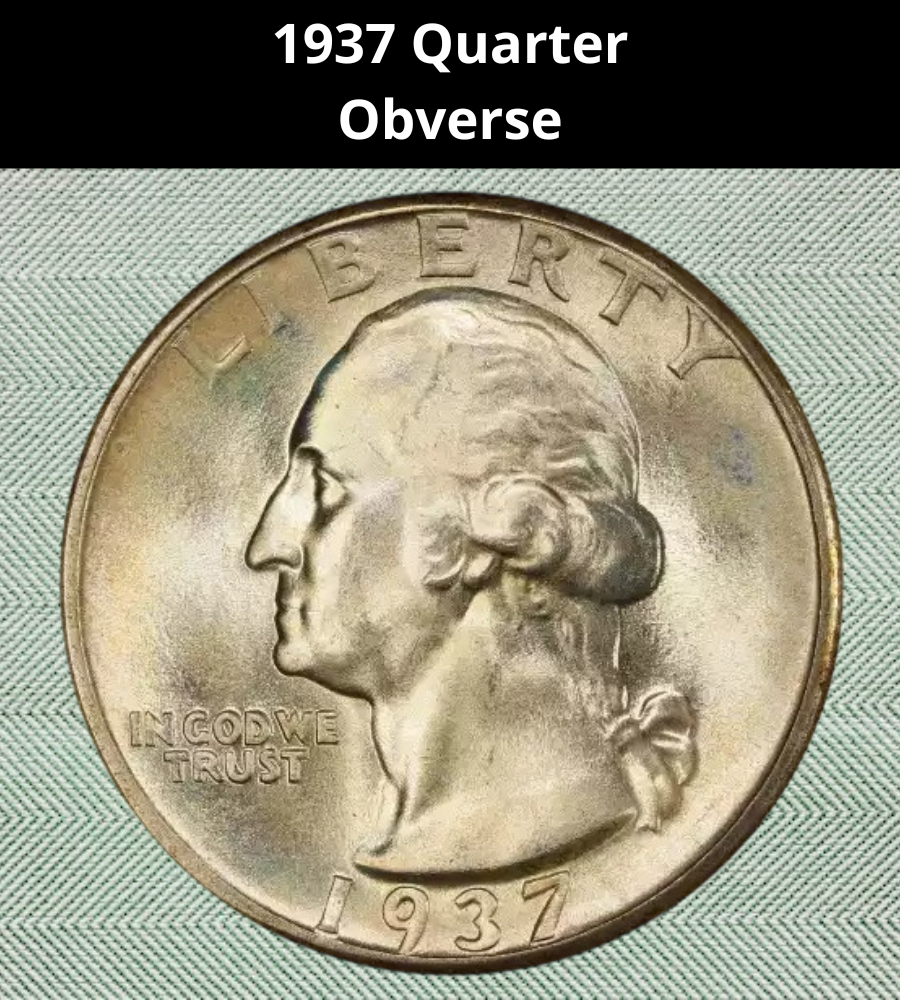
The obverse features a left-facing bust of George Washington, framed by classic inscriptions:
- LIBERTY arching across the top
- IN GOD WE TRUST to the left, below the chin
- The date 1937 at the bottom rim
- Designer initials JF at the neckline cut-off
Reverse Design
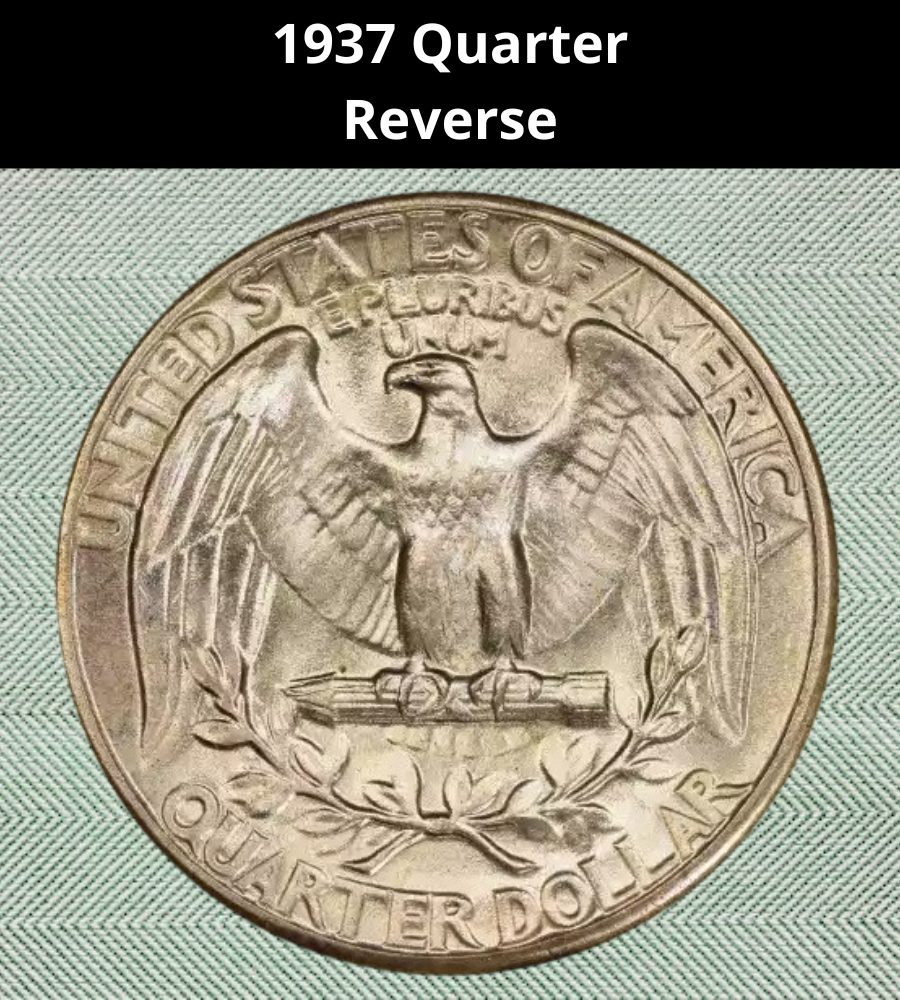
The reverse showcases Flanagan’s heraldic eagle, a symbol of American strength and unity:
- A bold eagle with wings spread dominates the center
- Arrows beneath the talons represent defense
- An olive branch below the arrows symbolizes peace
- UNITED STATES OF AMERICA along the top rim
- E PLURIBUS UNUM above the eagle’s head
- QUARTER DOLLAR across the bottom
- Mint marks (D for Denver, S for San Francisco, or blank for Philadelphia) placed beneath the wreath/branch
Other Specifications
The 1937 Washington quarter was struck in the same silver standard as earlier issues:
- Composition: 90% silver, 10% copper
- Weight: 6.25 g (0.2009 troy oz)
- Silver Content: 0.1808 troy oz (5.62 g)
- Diameter: 24.3 mm (0.956 in)
- Thickness: 1.75 mm (0.068 in)
- Edge: Reeded, with 119 reeds
These silver quarters carry not just historical significance, but also intrinsic bullion value, making them attractive to both collectors and investors.
1937 Quarter Grading
Accurate grading is essential for the 1937 Washington quarter, since value can swing dramatically with condition. For example, a 1937-S in Good condition may trade for around $7, while a Mint State specimen can reach $900+ at auction.
Key Grading Points
When evaluating a 1937 quarter, pay close attention to:
- Washington’s hair details – curls above the ear wear down first.
- Cheek definition – flatness or smoothing is a key indicator of circulation.
- The eagle’s breast feathers – weak or missing details lower the grade.
Grade Progression
- Good (G-4): Most fine details are worn smooth, but major design elements remain visible.
- Fine (F-12): Moderate wear with partial hair detail and clearer reverse lettering.
- About Uncirculated (AU-50 to AU-58): Strong detail with only light friction on Washington’s cheekbone, hair, and the eagle’s breast. Luster may be partially intact.
- Mint State (MS60–MS70): No wear, though bag marks and contact marks determine the exact grade. Higher-end examples show full luster and eye appeal.
Strike Characteristics
- Philadelphia: Consistently strong strikes, with sharp detail.
- Denver (D): Typically shows crisp definition and bright luster.
- San Francisco (S): Sometimes exhibits slightly softer details in Washington’s hair, making sharp survivors more desirable.
1937 Quarter Value Guides
1937 No Mint Mark Quarter Value
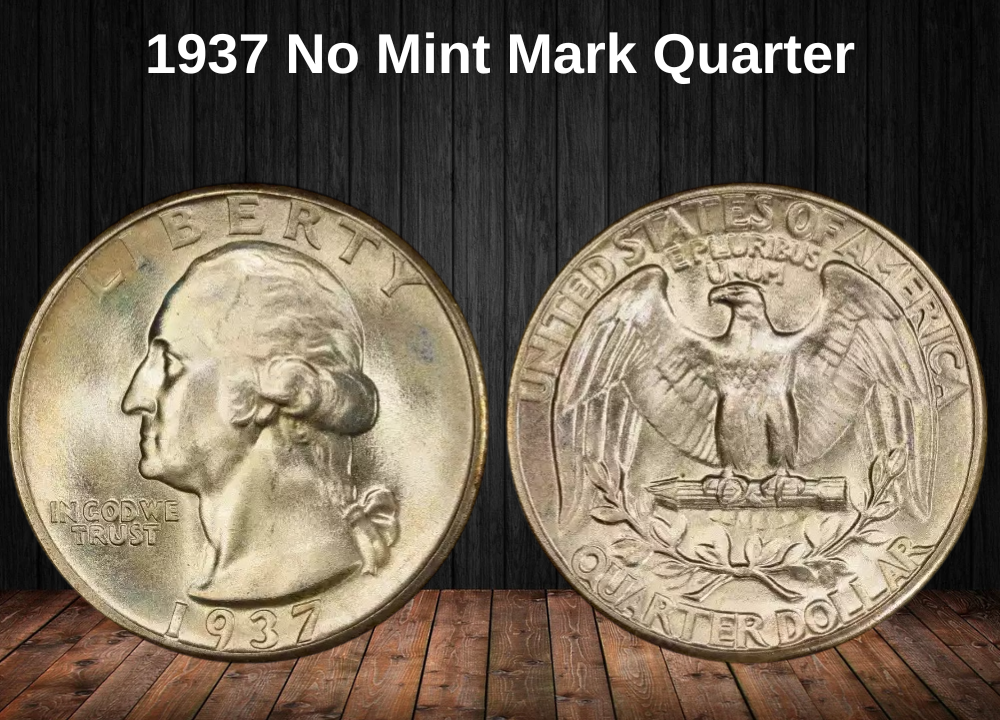
The 1937 Philadelphia quarter (struck without a mint mark) was the workhorse of the series, with a massive mintage of nearly 20 million coins. While not rare, it serves as the baseline issue for collectors assembling complete Washington quarter sets.
Because so many were produced and circulated heavily, most surviving examples show significant wear. The real challenge lies in locating high-grade pieces with strong luster and sharp eye appeal.
Philadelphia strikes from 1937 are known for their excellent detail, especially in Washington’s hair curls and the eagle’s breast feathers, making them ideal type coins for collectors who want a strong representative of the early Washington quarter without paying the premiums associated with key dates like the 1937-S.
Collector Insight: While common in circulated grades, certified Mint State examples with full detail and attractive toning can bring hundreds of dollars, proving that even “common” Philadelphia issues have real value in the right condition.
1937-D Quarter Value
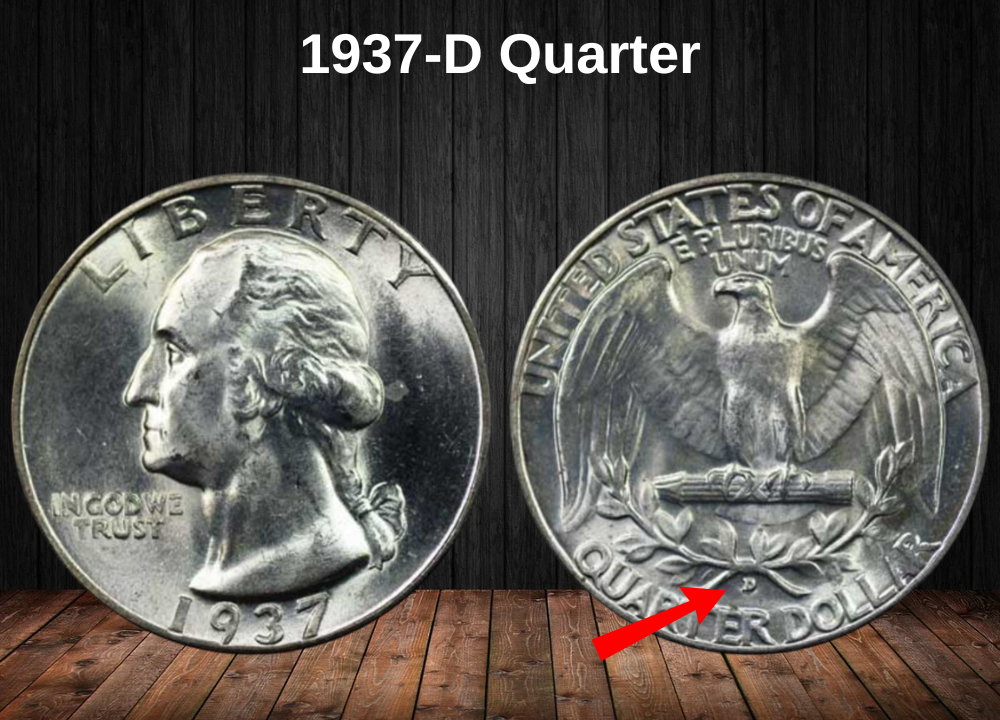
The 1937-D Washington quarter strikes a balance that makes it especially appealing to collectors: scarce enough to be interesting, yet still affordable compared to the San Francisco issue. With a mintage of about 7.2 million coins, Denver’s output represents a solid contribution to the series.
One of the strengths of the 1937-D is its consistent quality. Quarters from Denver that year are known for crisp strikes, with sharp definition in Washington’s hair curls and the eagle’s breast feathers on the reverse. This reliability gives the 1937-D strong eye appeal even in mid-grade examples.
For collectors, the 1937-D offers the perfect middle ground—more desirable than the common Philadelphia issue, but without the higher premiums tied to the 1937-S. As such, it’s often chosen by those who want a standout coin from the year without breaking the bank.
Collector Insight: In Mint State, the 1937-D delivers exceptional value, combining sharp detail and scarcity at a price point still accessible to most serious collectors.
1937-S Quarter Value

The 1937-S Washington quarter is the key date of the year, with a low mintage of just 1.65 million coins—making it about twelve times scarcer than the Philadelphia issue. This combination of limited supply and strong collector demand ensures significant premiums across all grades.
While the 1937-S often shows slightly softer strikes, especially in Washington’s hair detail, this does little to dampen its appeal. In fact, sharp, well-struck survivors are especially prized and can command substantial bidding wars at auction.
For Washington quarter enthusiasts, the 1937-S is more than just another coin—it’s a milestone piece that separates casual collectors from serious set builders. In higher grades, it remains one of the most coveted circulation strikes of the entire early Washington quarter series.
Collector Insight: Even mid-grade 1937-S quarters sell at strong premiums, but in Mint State, they are true trophy coins—often fetching prices well into the high hundreds or more depending on condition and eye appeal.
1937 Proof Quarter Value

The 1937 Proof Washington quarter is one of the greatest numismatic mysteries. Officially, the U.S. Mint did not resume proof coin production until 1936—yet a handful of 1937 proof quarters are known to exist.
These coins show unmistakable proof characteristics:
- Mirror-like reflective fields
- Frosted devices with strong contrast
- Razor-sharp detail far beyond regular circulation strikes
With possibly fewer than 10 confirmed examples, the 1937 proof quarter stands as a Holy Grail of the Washington quarter series. Each specimen is a rare window into Mint experimentation and raises questions about off-the-record striking practices in the 1930s.
1937 Proof Quarter Auction Records
| Date | Auction House | Grade | Price |
|---|---|---|---|
| 01/25 | HA | PR68 | $6,000 |
| 10/24 | SB | PR64 | $168 |
| 08/24 | SB | PR67 | $660 |
| 08/24 | HA | PR68 | $5,533 |
| 08/24 | HA | PR68 | $2,520 |
| 06/24 | SB | PR64 | $360 |
| 04/24 | SB | PR66 | $312 |
| 04/24 | SB | PR66 | $336 |
| 08/23 | HA | PR66 | $320 |
| 07/23 | SB | PR64 | $216 |
Rare 1937 Quarter Error List
1. 1937 Doubled Die Obverse (DDO)

The 1937 Doubled Die Obverse is one of the standout error varieties of the year. It displays noticeable doubling on the obverse lettering and date, most clearly seen in:
- LIBERTY at the top
- The digits of the date 1937
This error occurred when the working die received multiple impressions from the master hub that were slightly misaligned, creating a faint but distinct shadow-like doubling effect.
While magnification makes it easier to spot, many examples show doubling bold enough to detect with the naked eye—especially around the tops of the date and letters.
Collector Insight: Dramatic doubled dies like the 1937 DDO are always in demand, since they transform a common circulation coin into a variety worth multiples of face value. High-grade examples certified by major grading services can sell for hundreds or even thousands, depending on the sharpness of the doubling.
2. 1937 Doubled Die Obverse (FS-101)
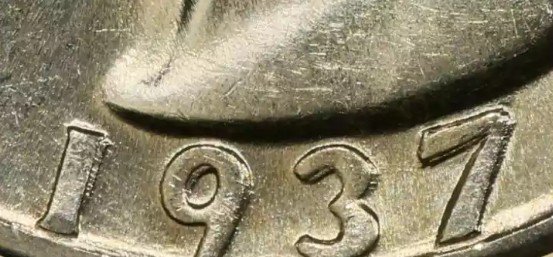
The 1937 FS-101 is the most famous and well-documented doubled die variety of the year, officially cataloged in the Fivaz-Stanton Cherrypickers’ Guide.
This variety shows strong doubling on:
- LIBERTY
- The motto “IN GOD WE TRUST”
- The date 1937
The doubling is so bold that it can be seen without magnification, making it one of the easier major errors for collectors to authenticate.
Compared to minor doubled dies from 1937, the FS-101 is considerably scarcer. As a result, it commands significant premiums, especially in AU and Mint State grades, where the doubling is crisp and eye appeal is strongest.
Collector Insight: With its combination of rarity, bold doubling, and official catalog recognition, the FS-101 is a must-have variety for advanced Washington quarter specialists.
Where to Sell Your Quarter Coin?
Now that you know the value of your quarter, the next step is deciding where to sell it. There are several trusted options—both online and in person—that can help you get the best price depending on your coin’s rarity and condition.
To see the full list of recommended places, along with their advantages and disadvantages, check our complete guide on where to sell your quarter coins.
FAQ About the 1937 Washington Quarter
1. Why is the 1937 Quarter considered a collectible coin?
The 1937 Washington Quarter belongs to the early years of the series, which began in 1932. While it’s not a key date, it is valued for being part of the pre–World War II silver quarters, struck in 90% silver, making it attractive both to collectors and bullion investors.
2. Which mints produced the 1937 Quarter?
It was struck at Philadelphia (no mint mark), Denver (“D”), and San Francisco (“S”). Among these, the 1937-S is scarcer in higher Mint State grades, though all three issues are common in circulated condition.
3. Are there any notable errors or varieties for the 1937 Quarter?
Yes. Collectors search for doubled die obverses, repunched mintmarks (RPMs), and off-center strikes. While not as famous as the 1934 DDO, these errors can raise values considerably compared to standard issues.
4. How much is a 1937 Quarter worth?
Most circulated examples trade for $5–$15, slightly above silver melt value. In Mint State 65, prices can range from $150–$300, with the 1937-S commanding higher premiums. Superb gem examples or error coins can bring several thousand dollars at auction.
5. What should collectors look for in a 1937 Quarter?
Check the strike quality—sharp details on Washington’s hair and the eagle’s breast feathers are signs of a high-grade piece. Original luster, lack of cleaning, and certification by PCGS or NGC add significantly to desirability and market value.

